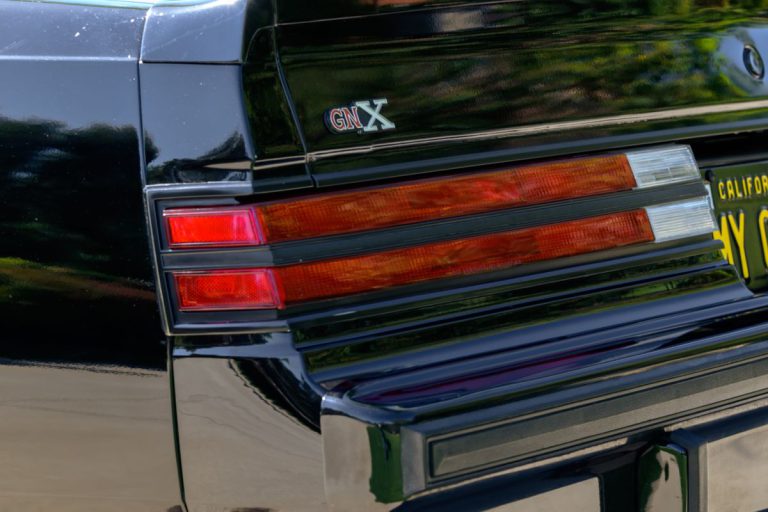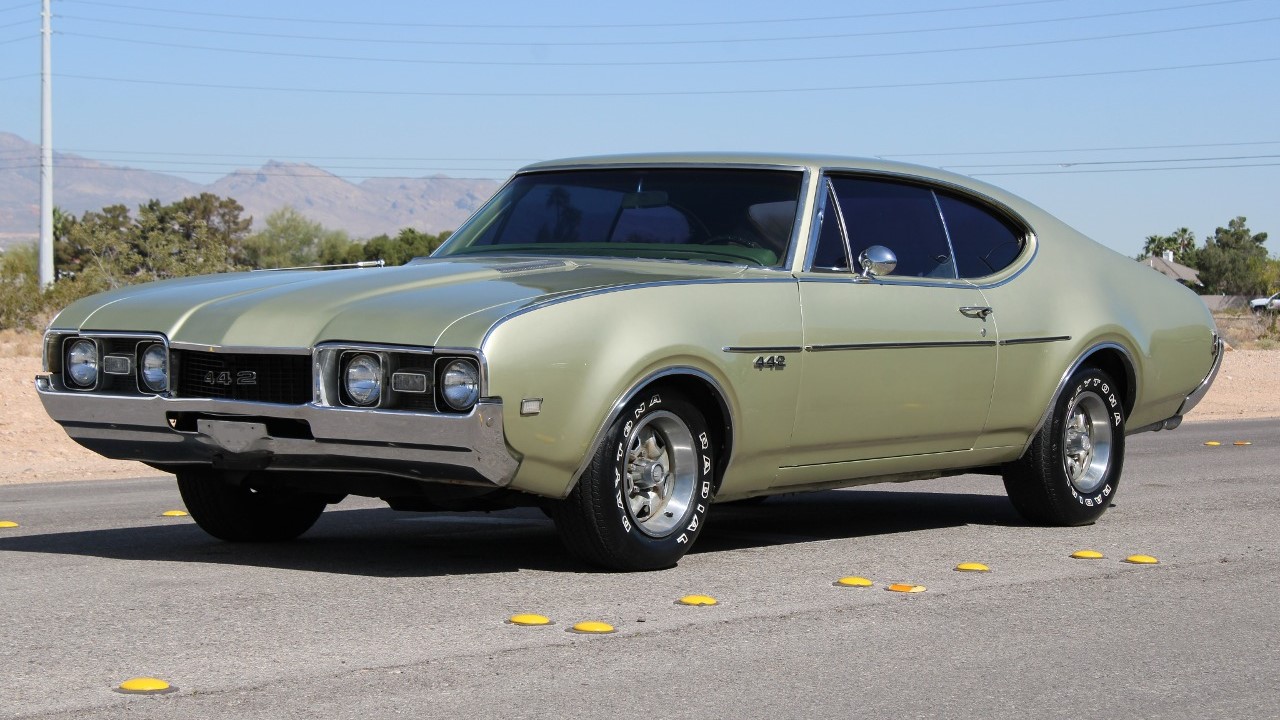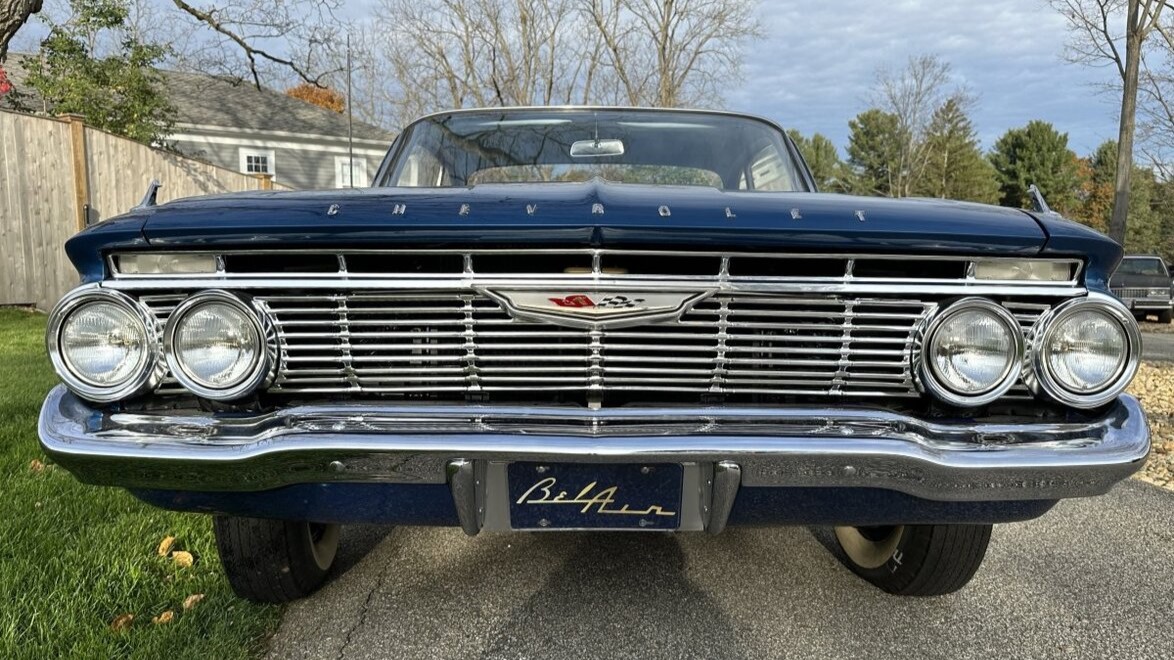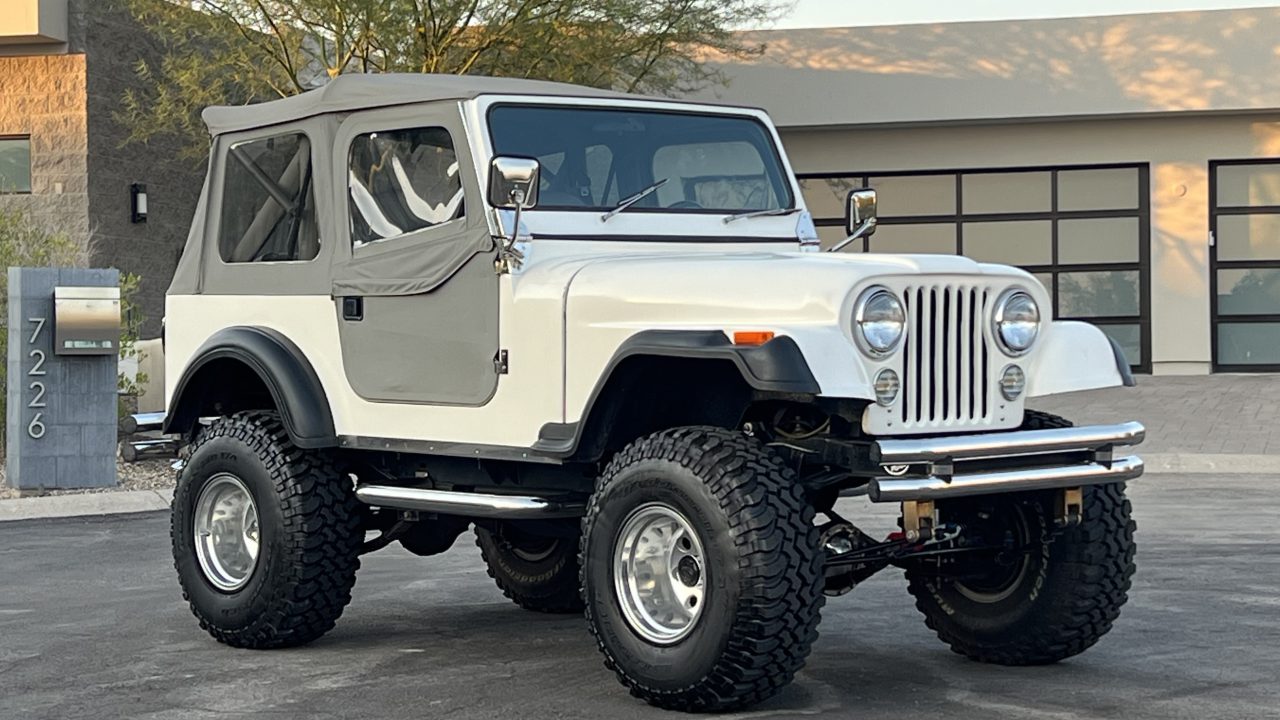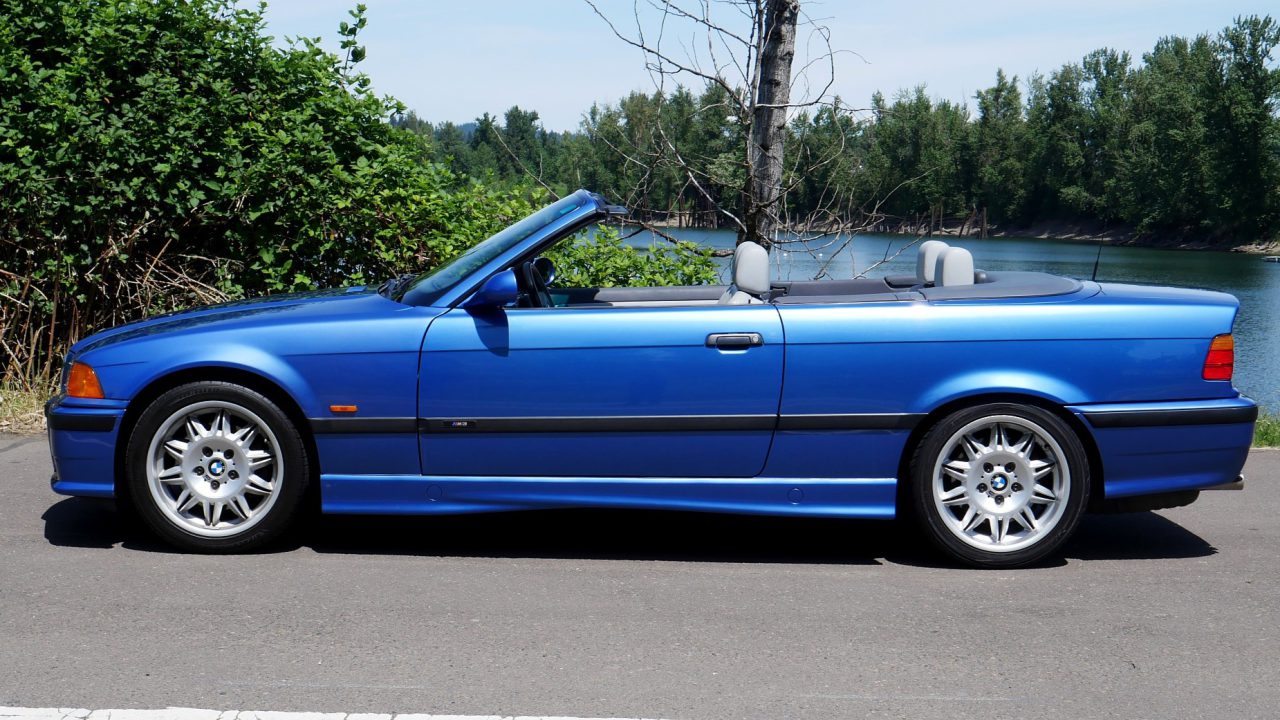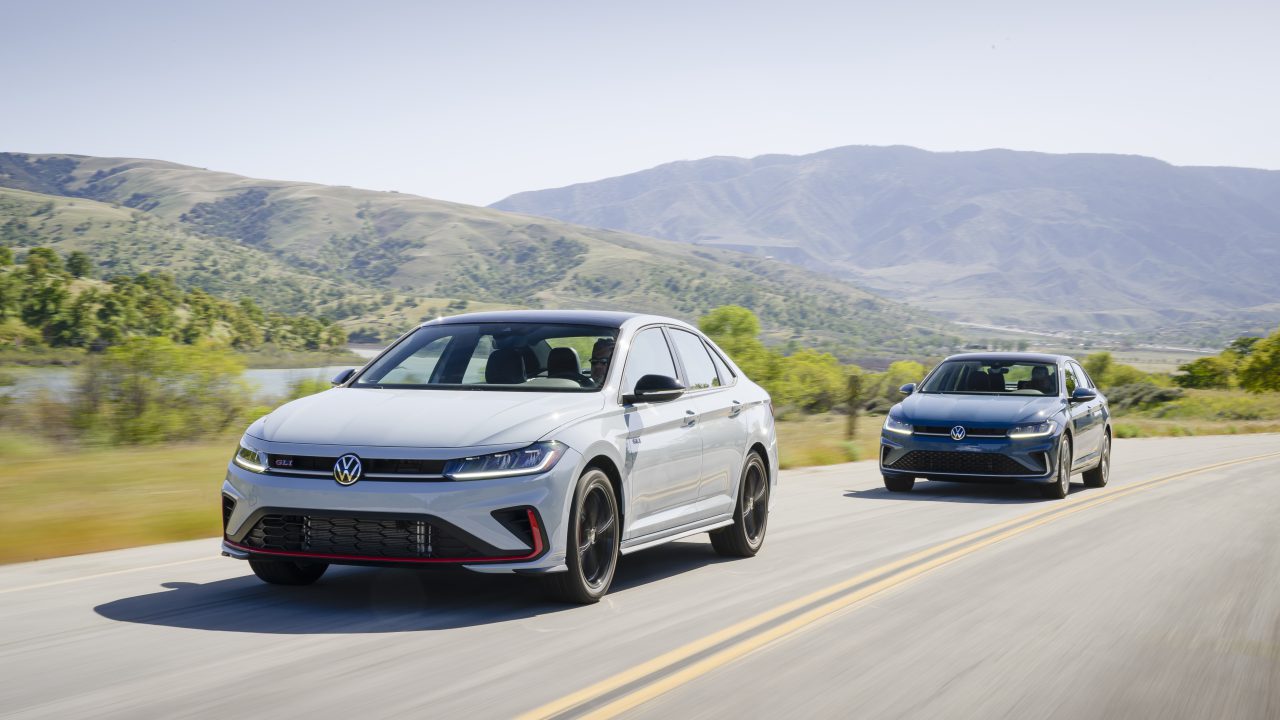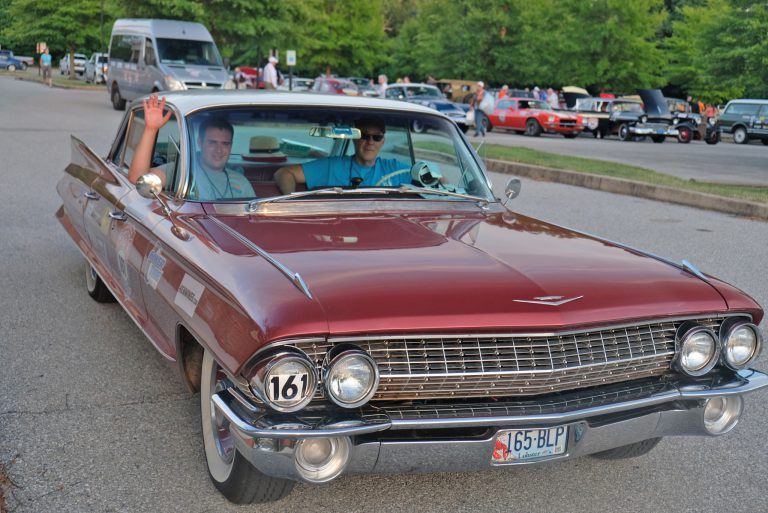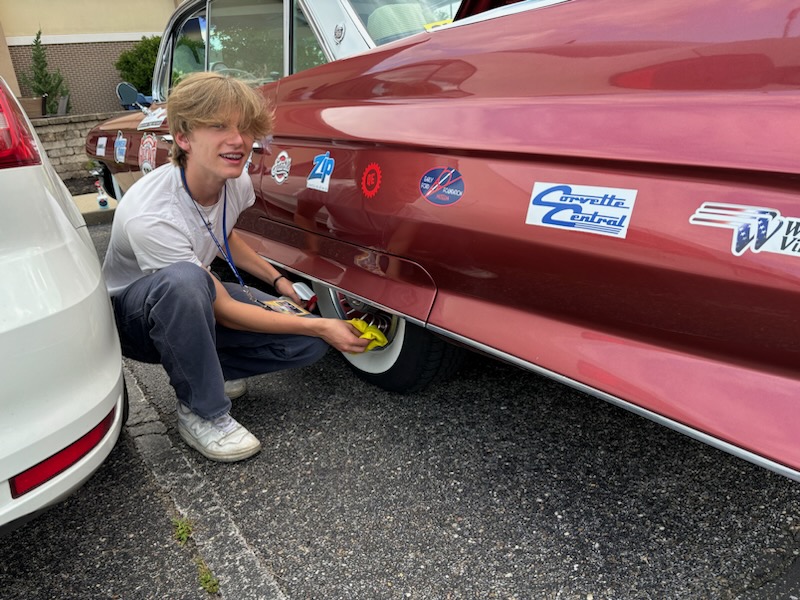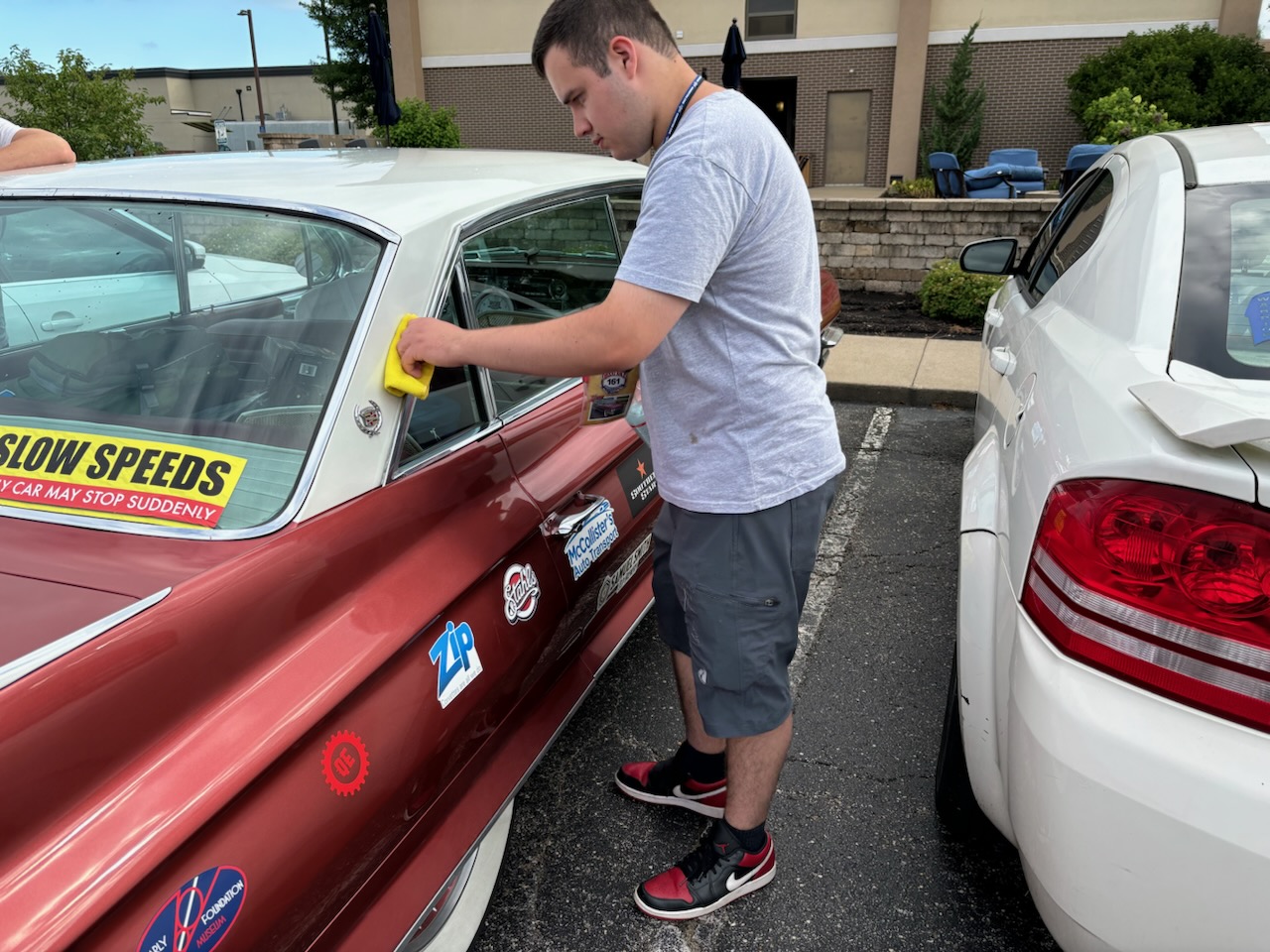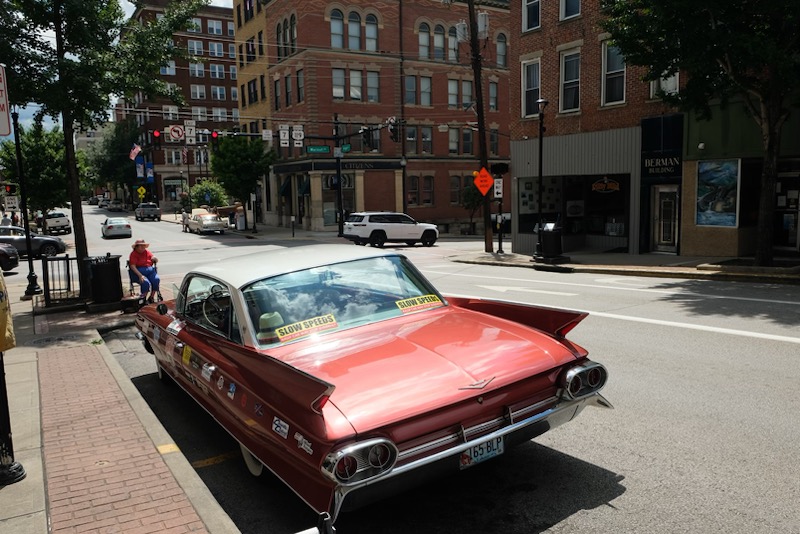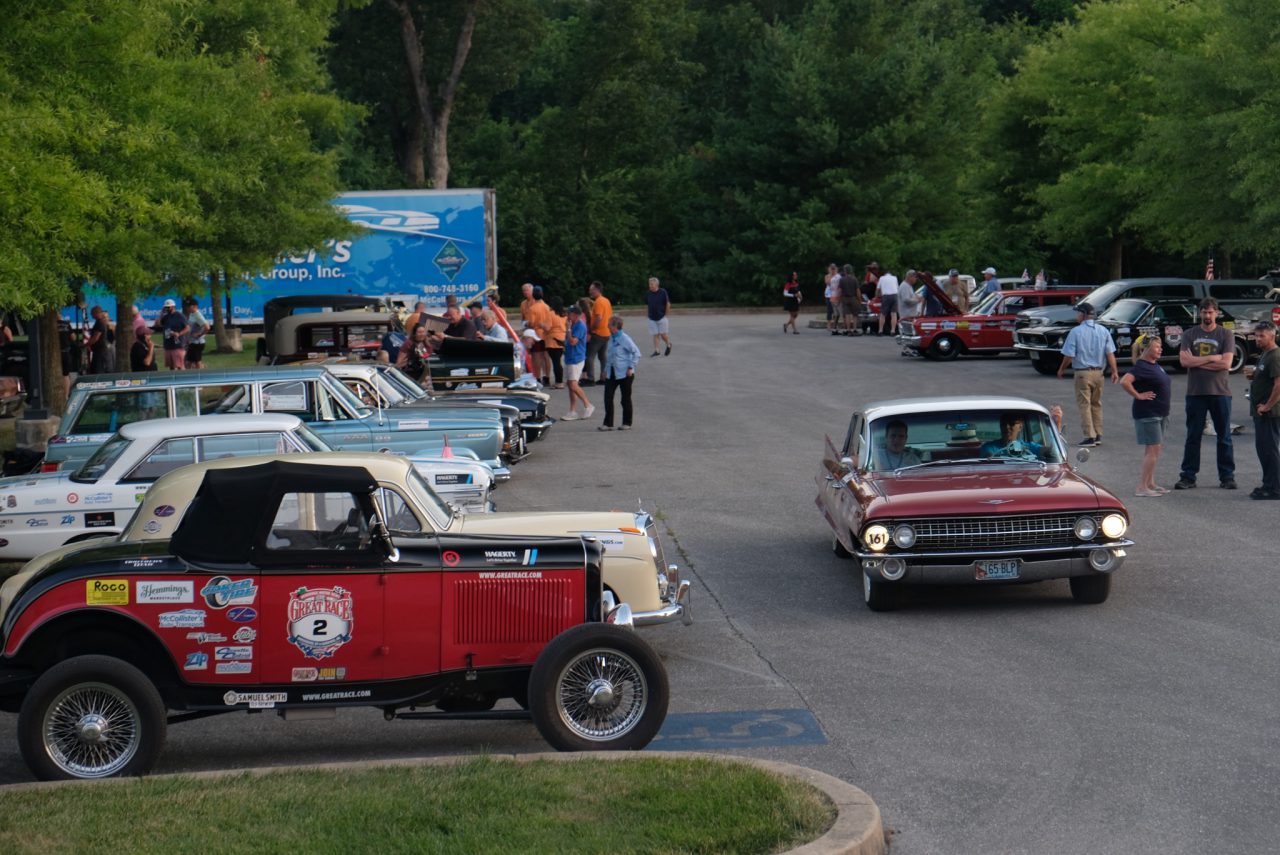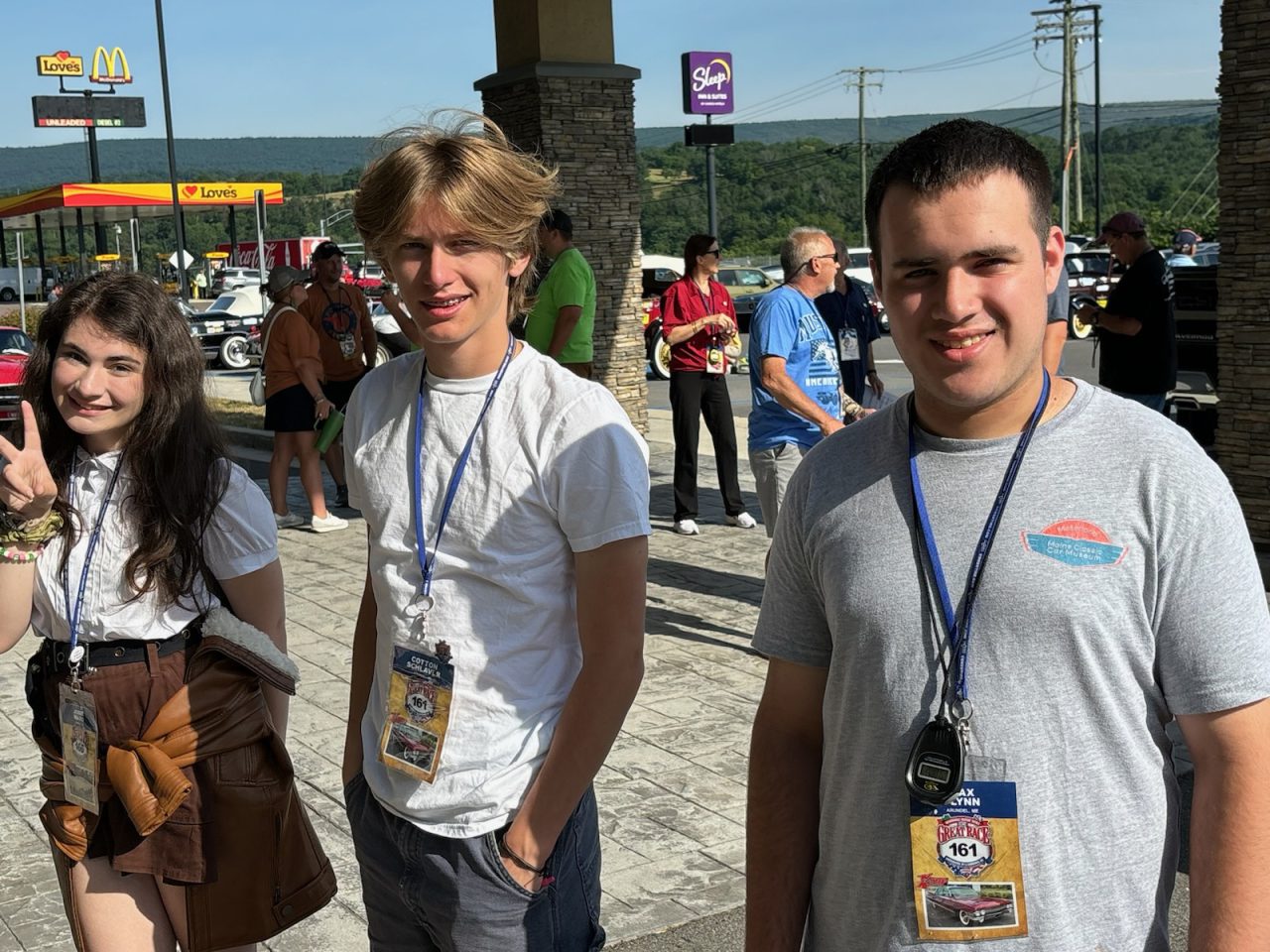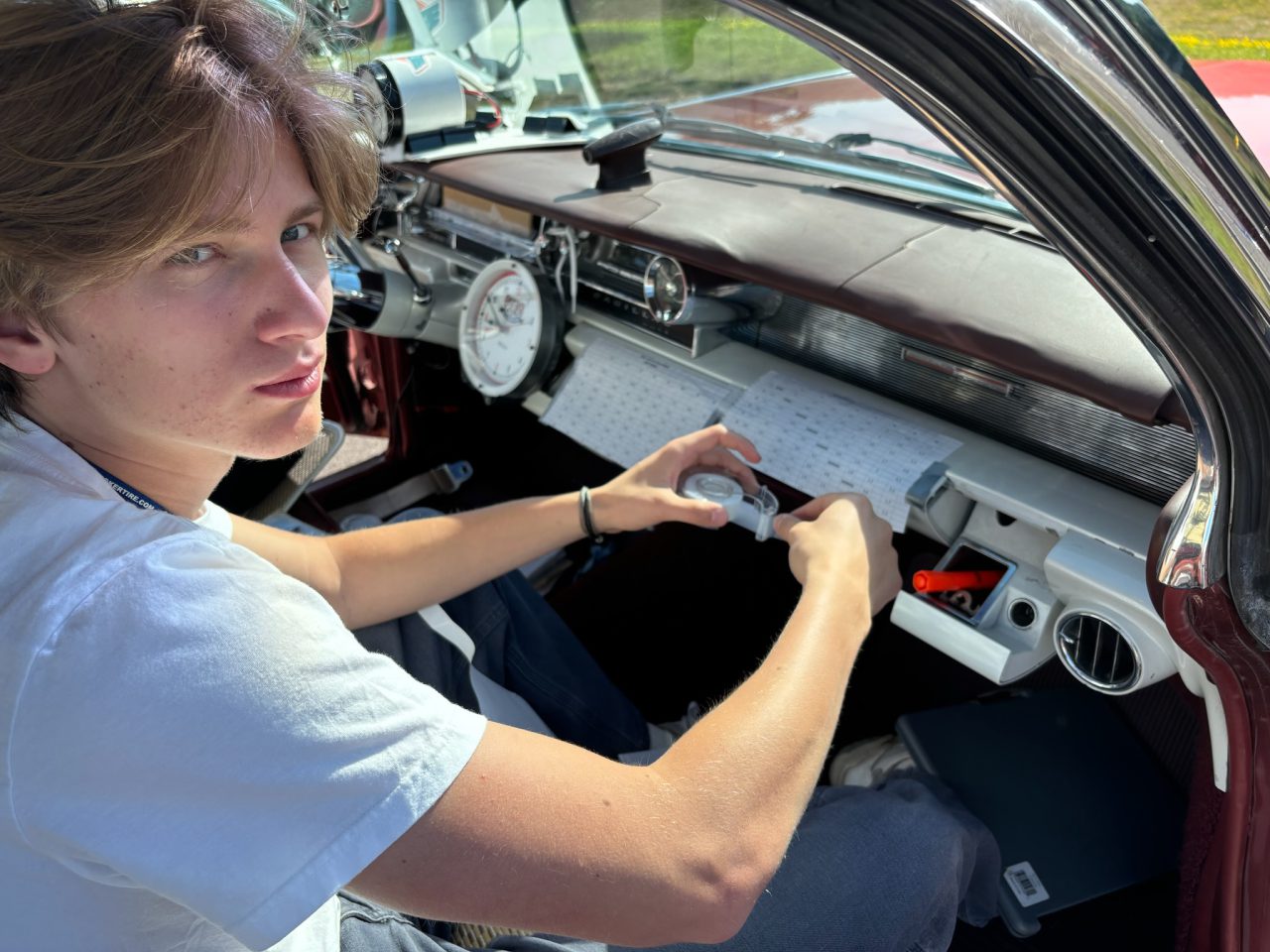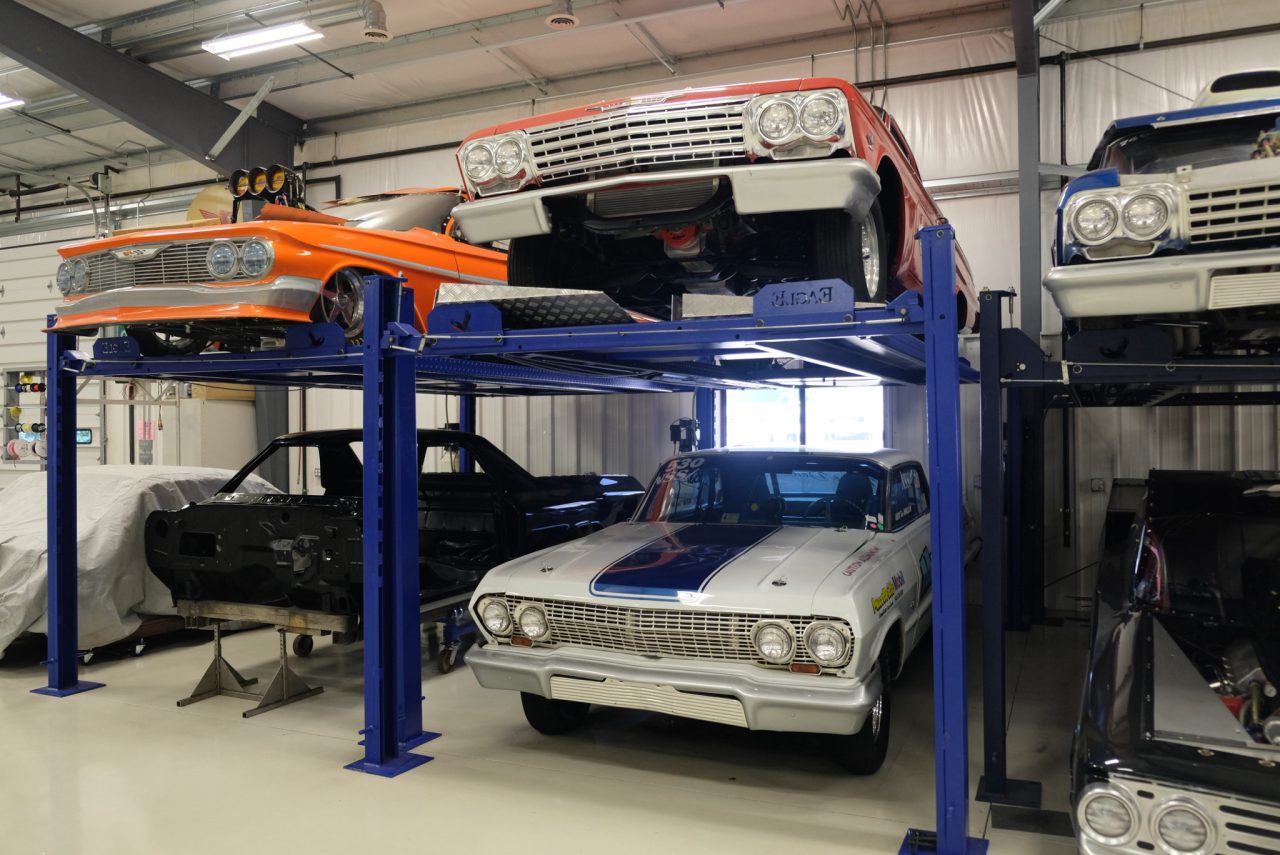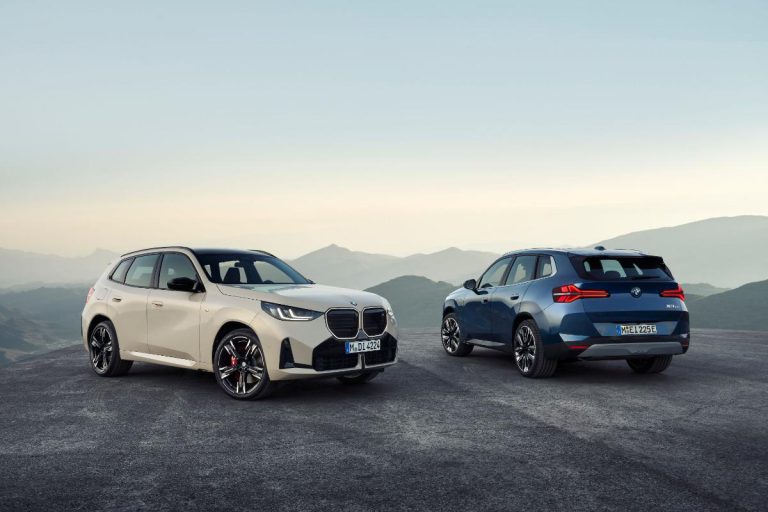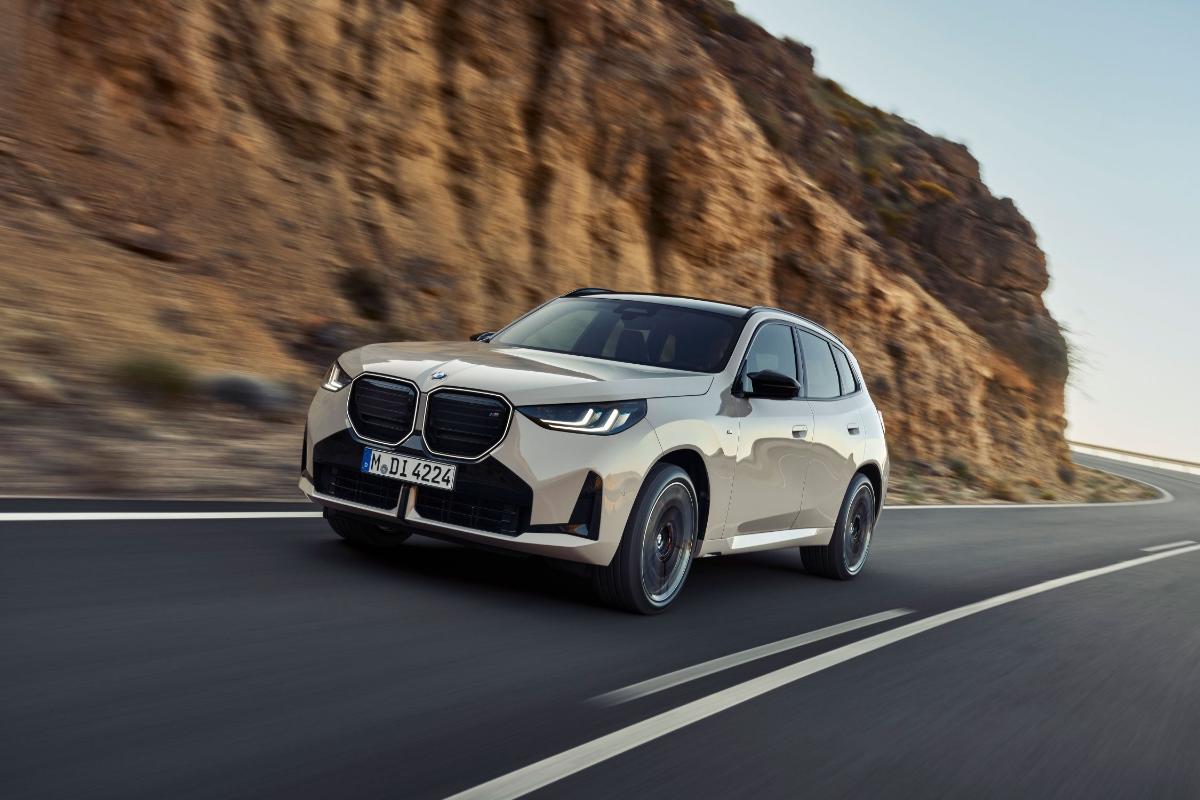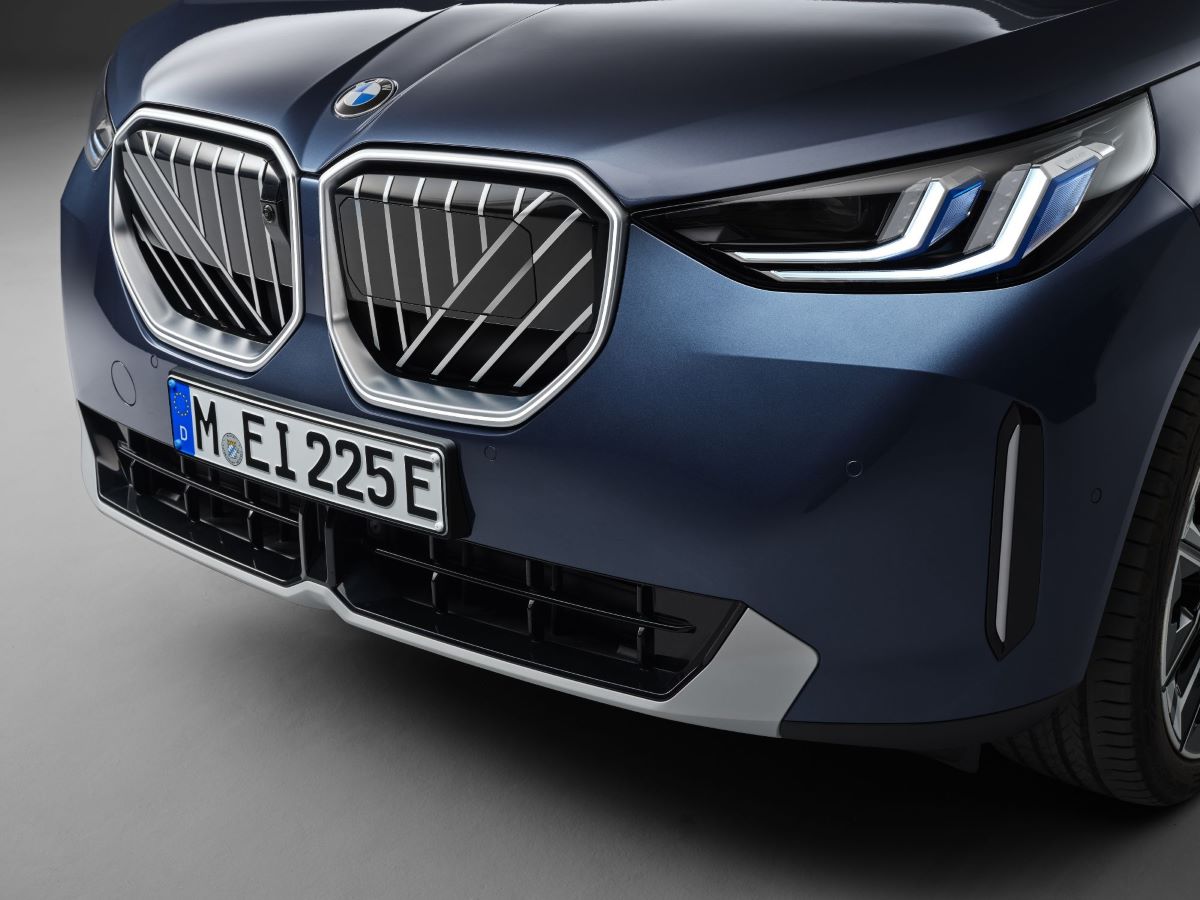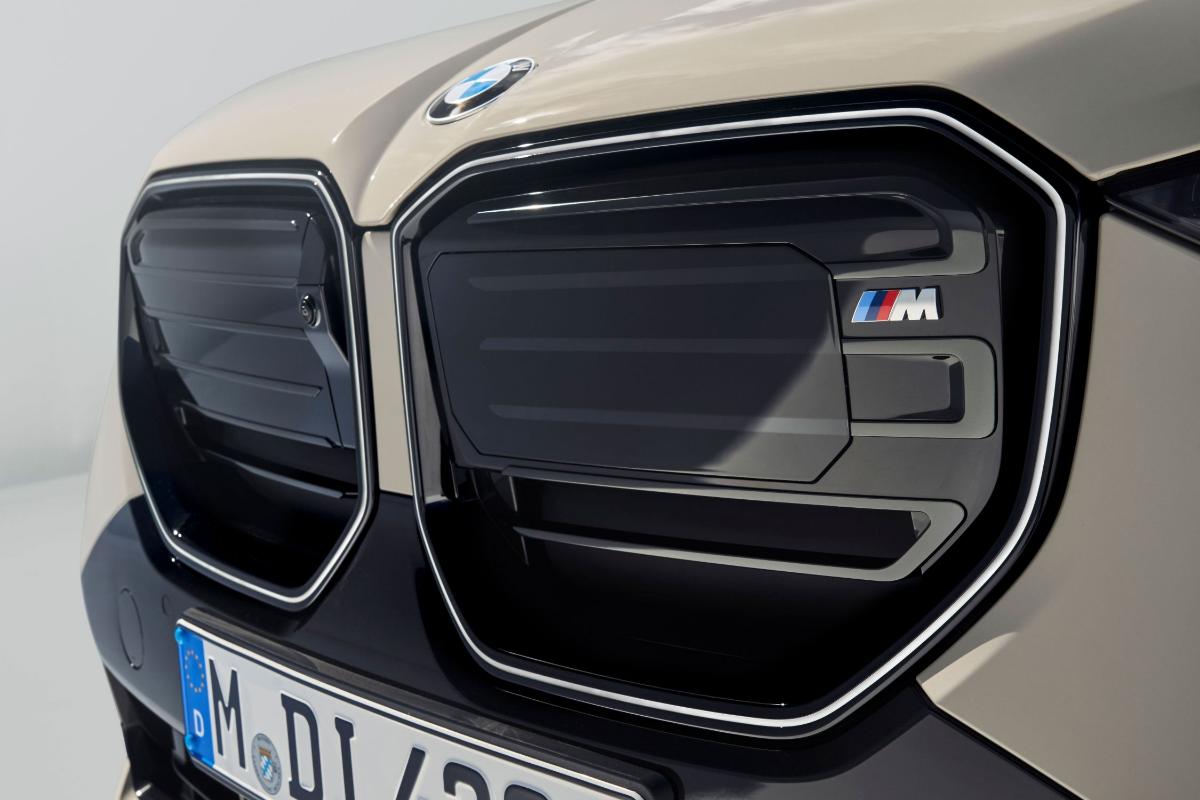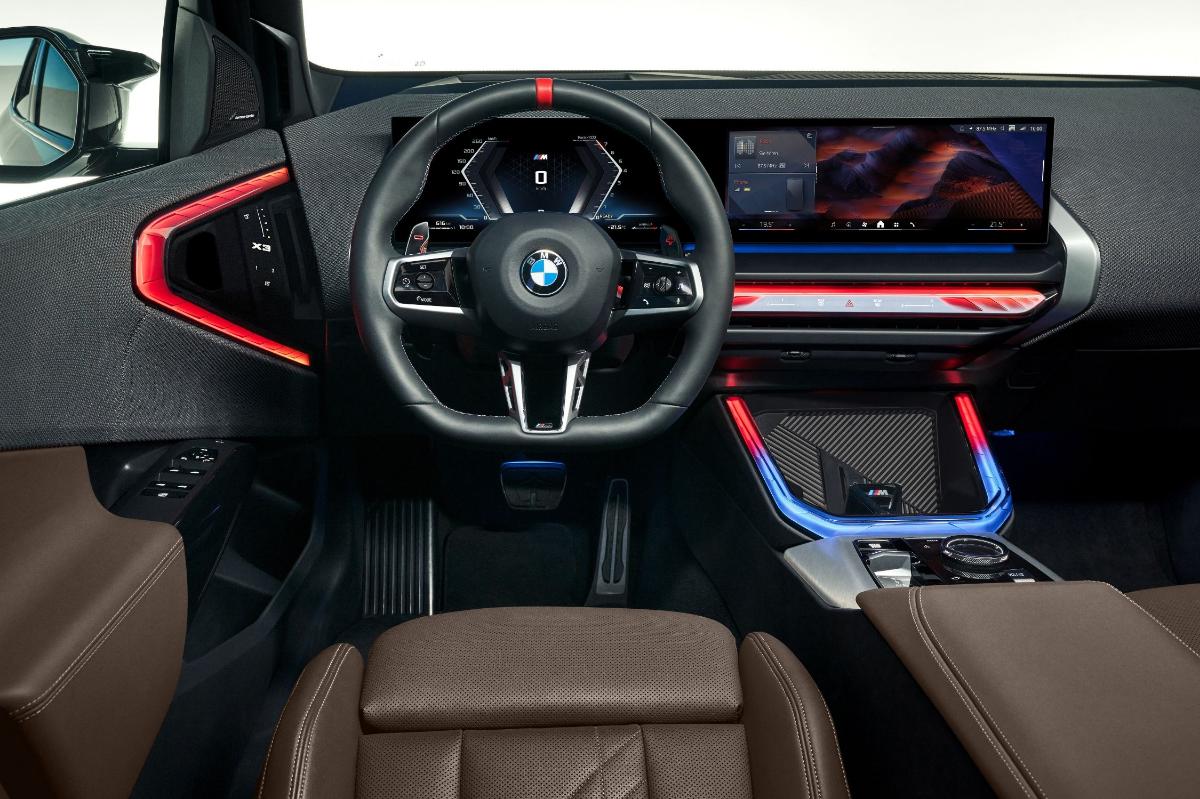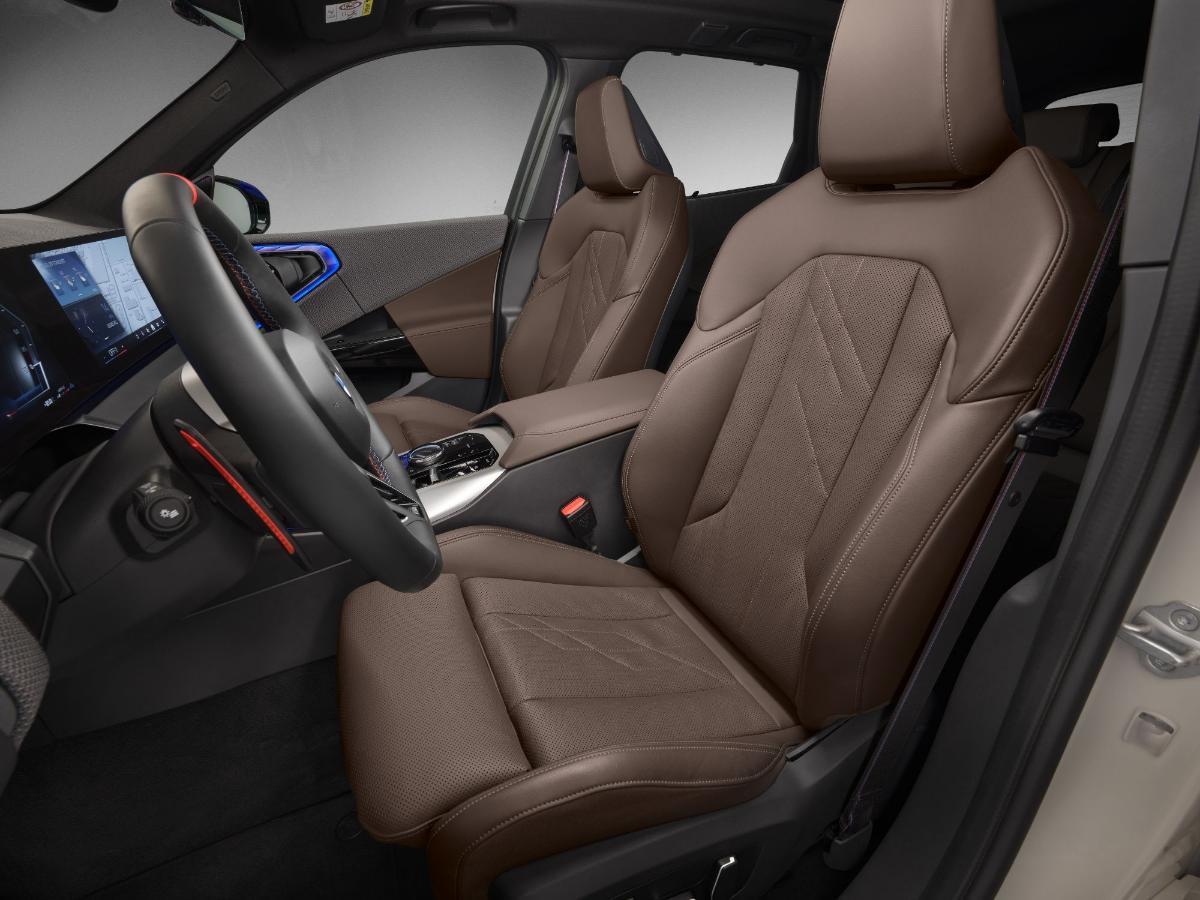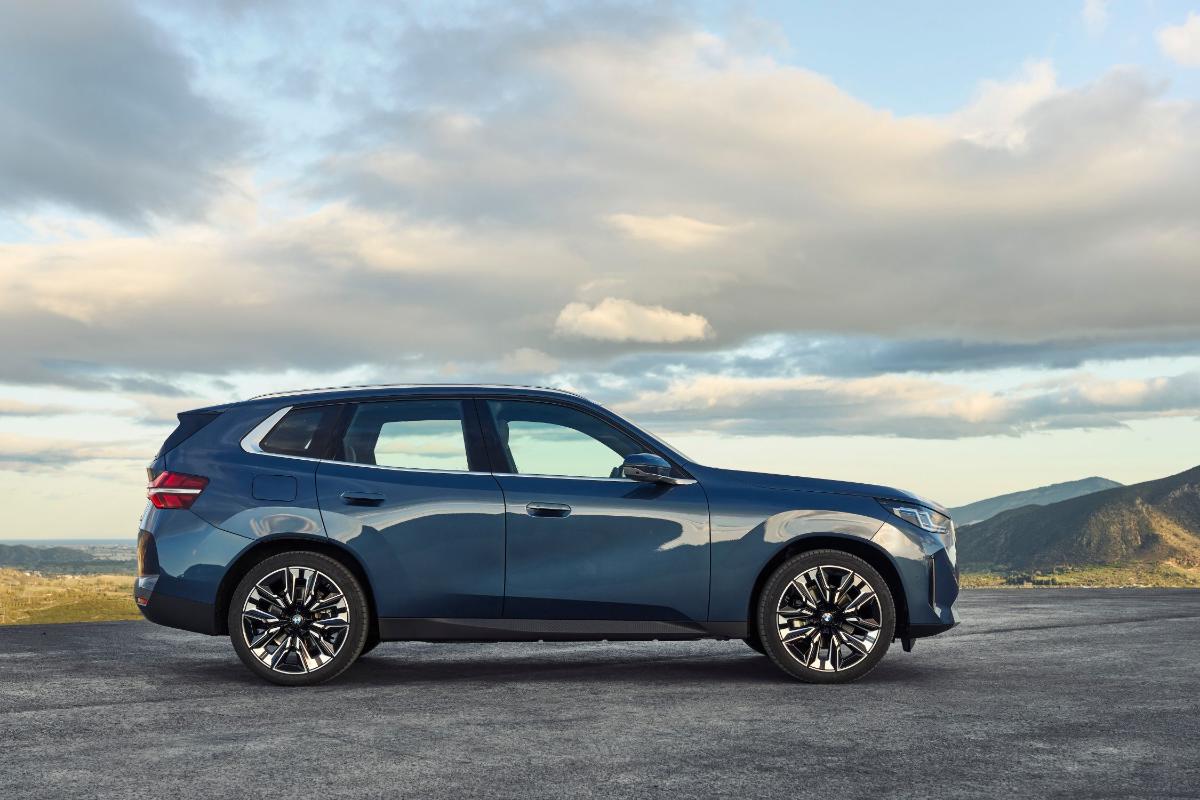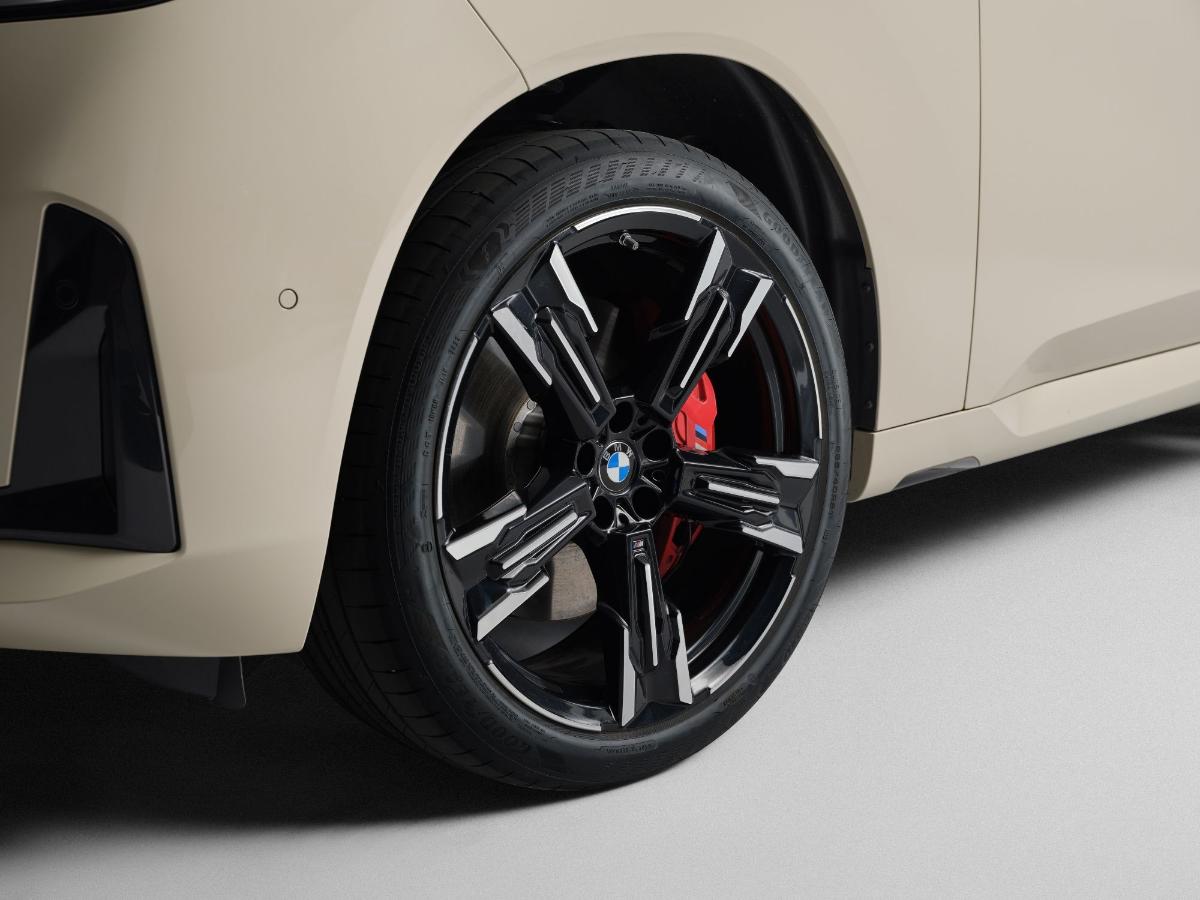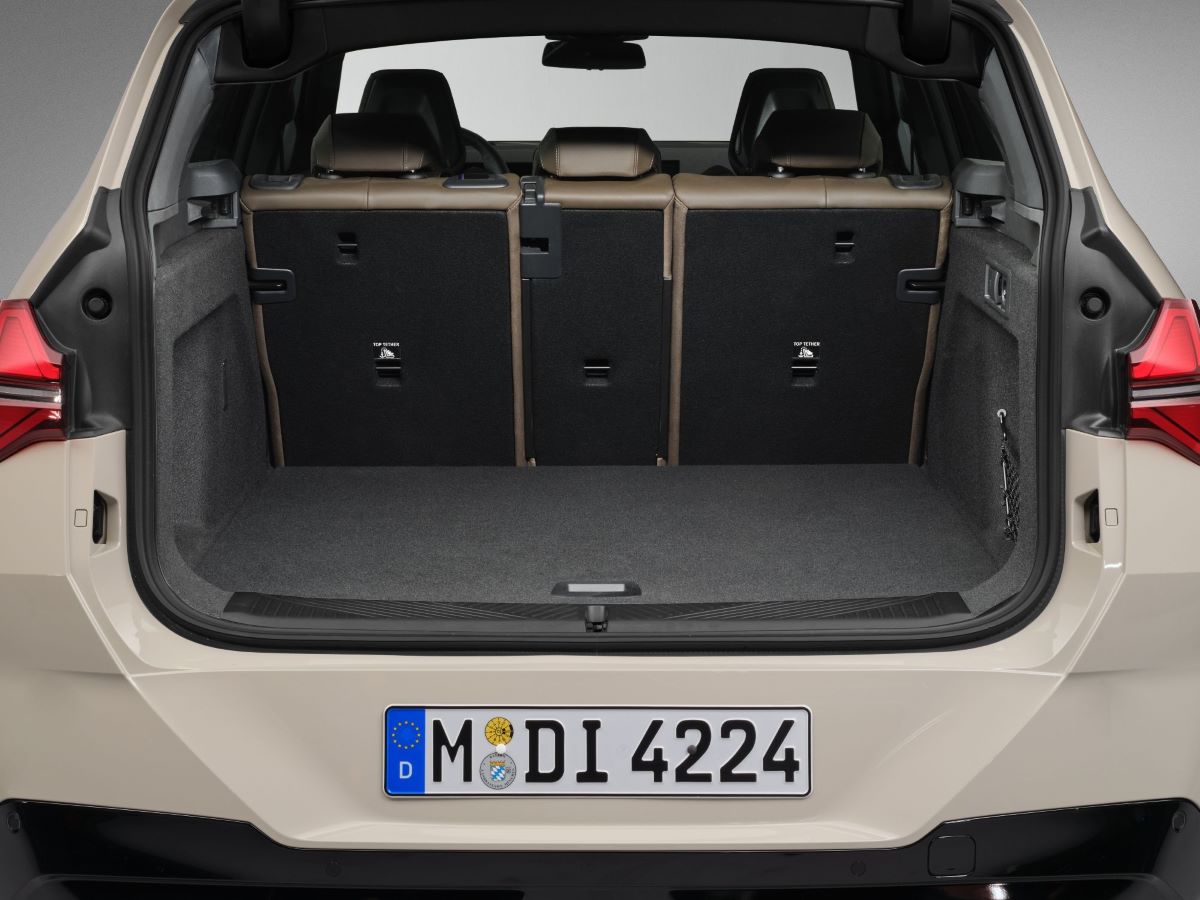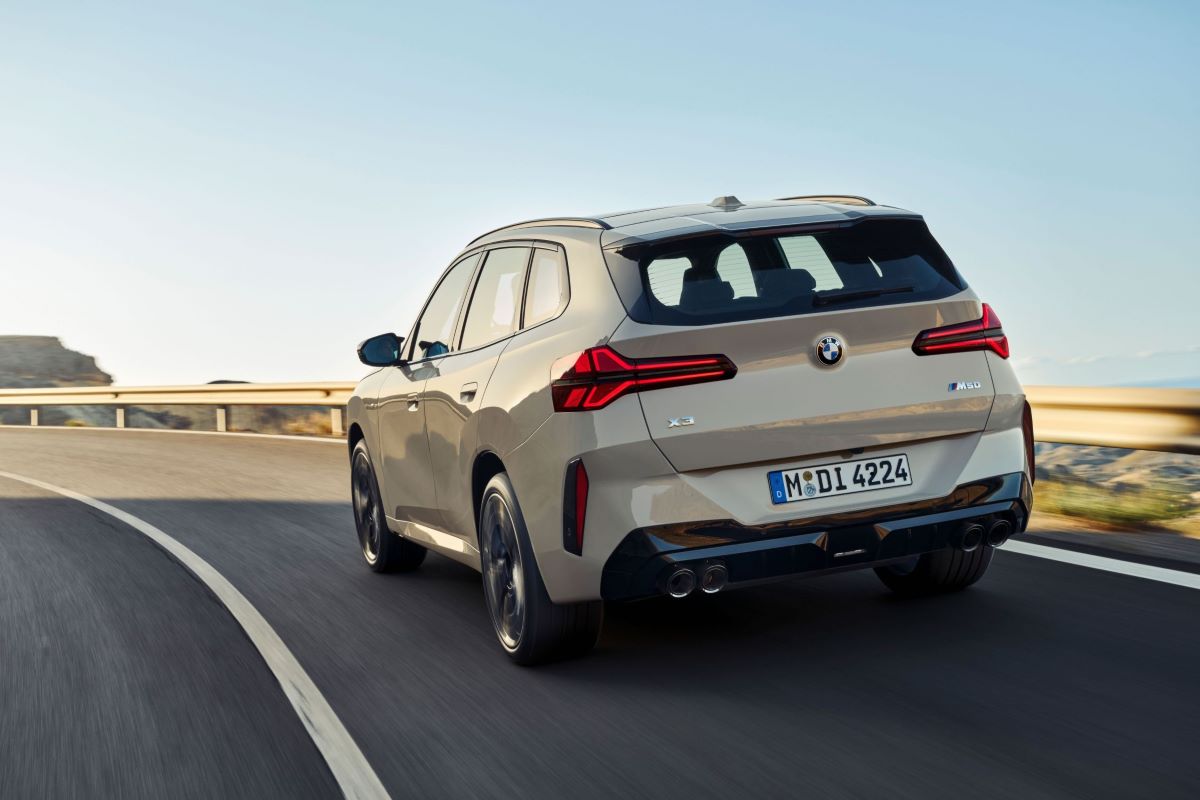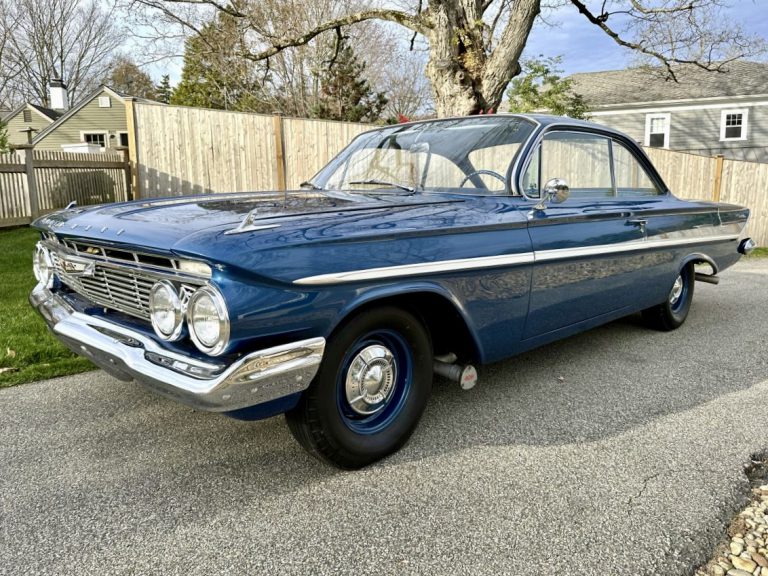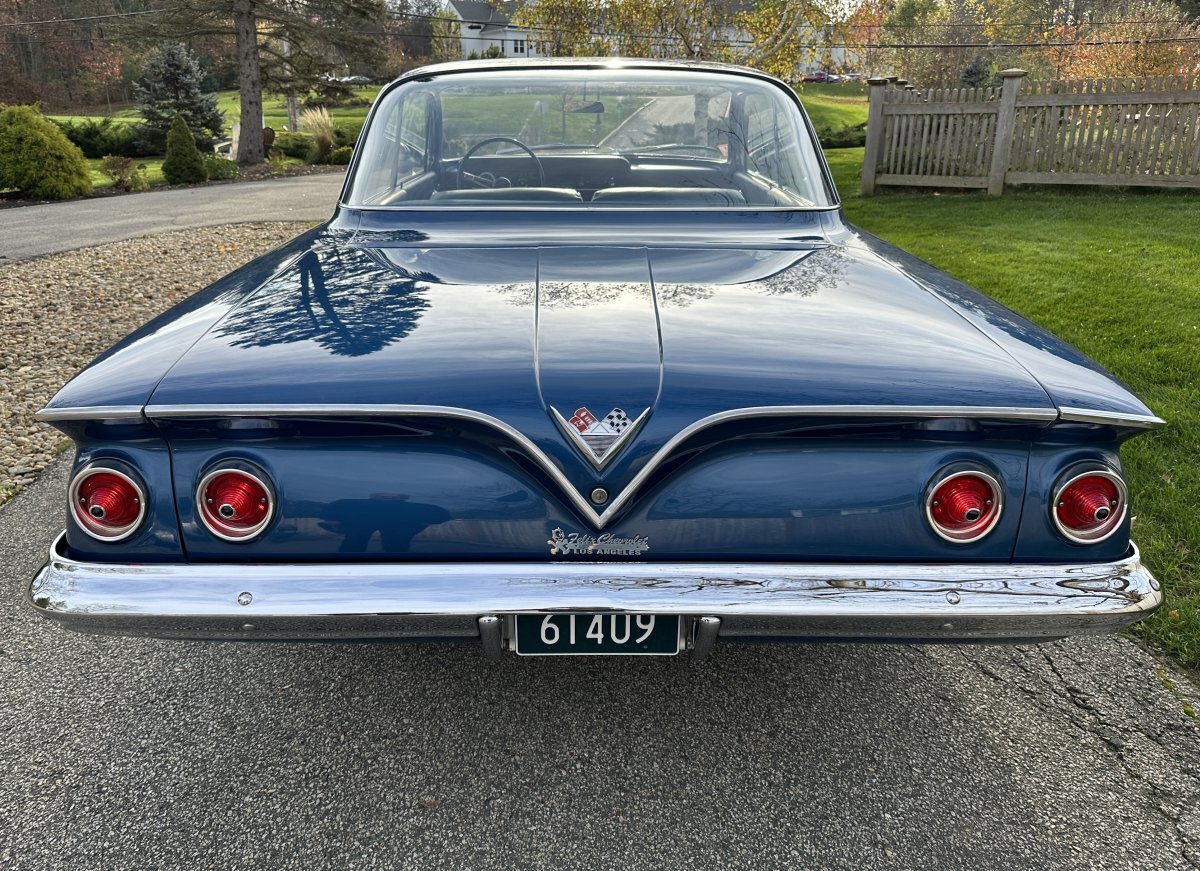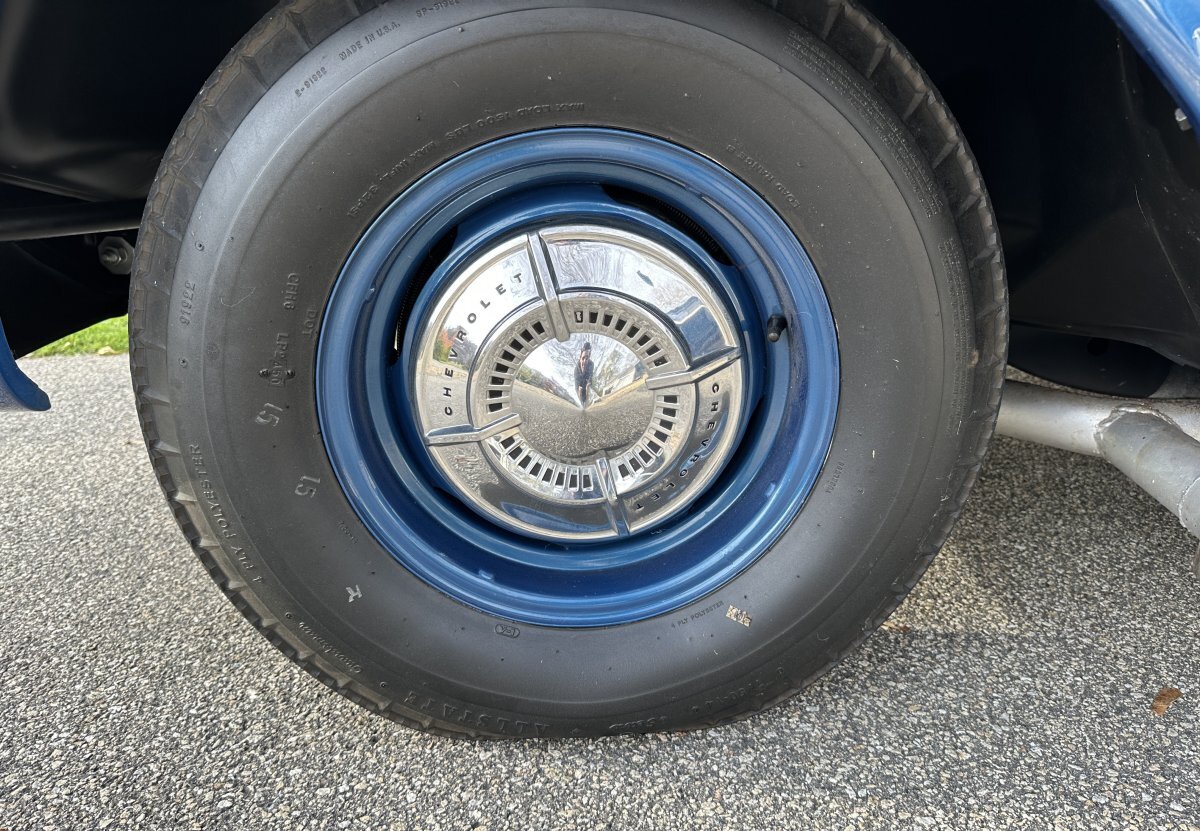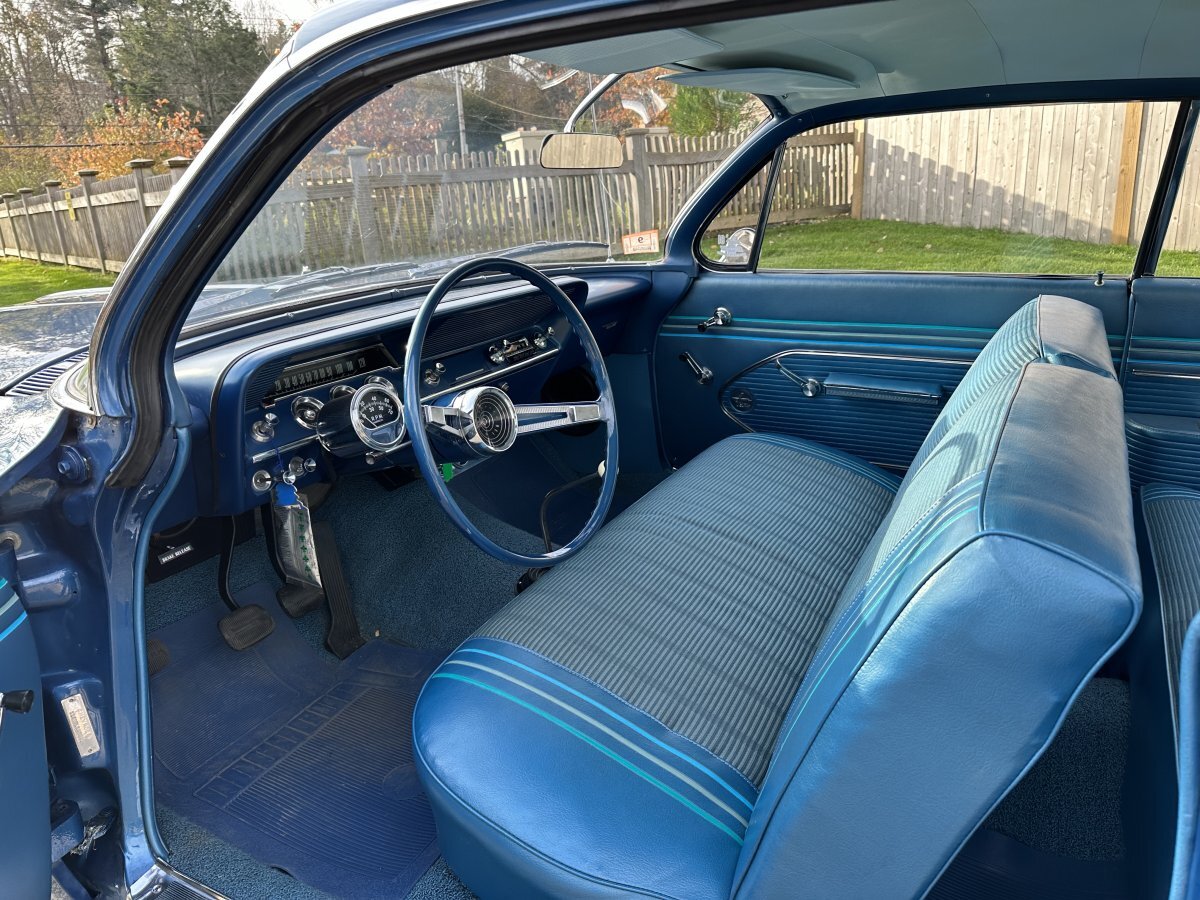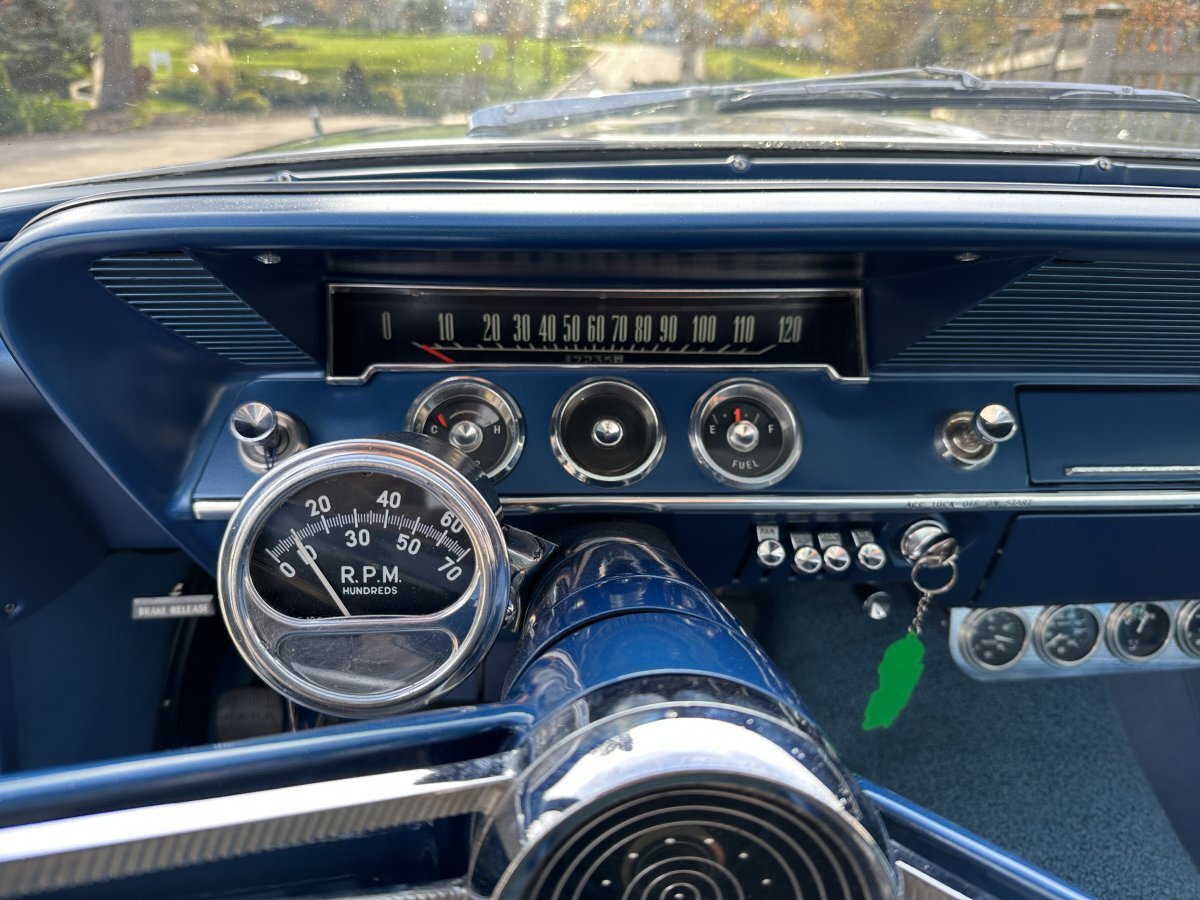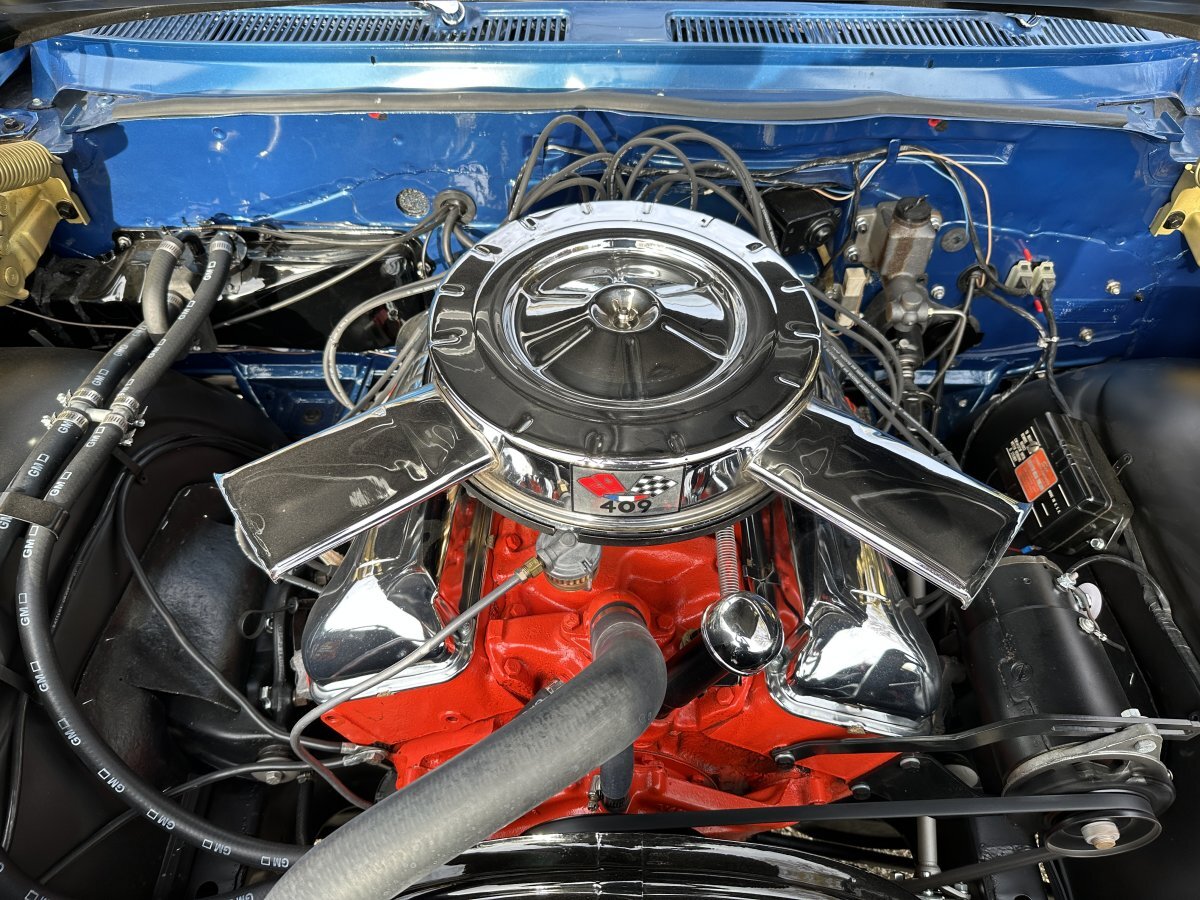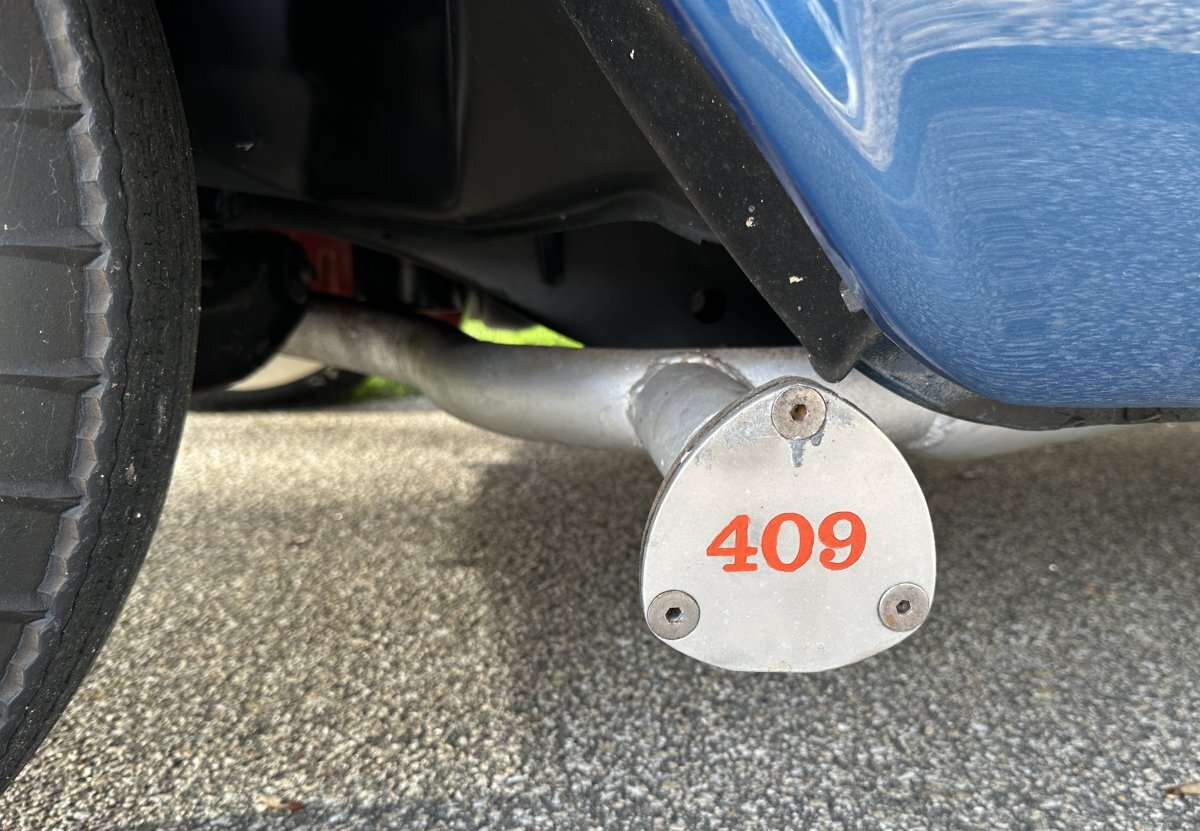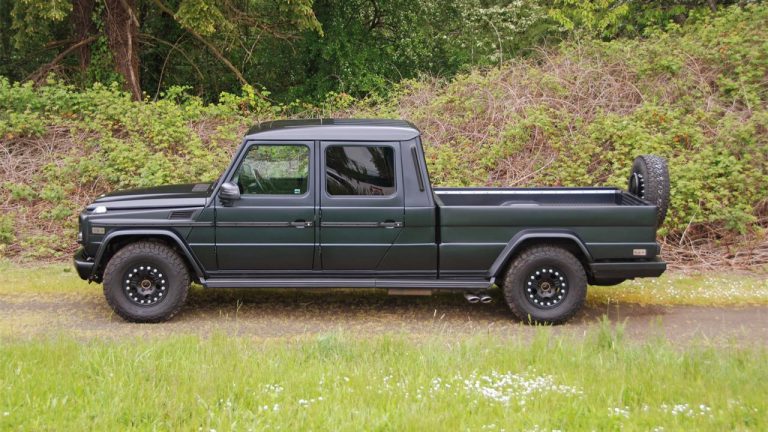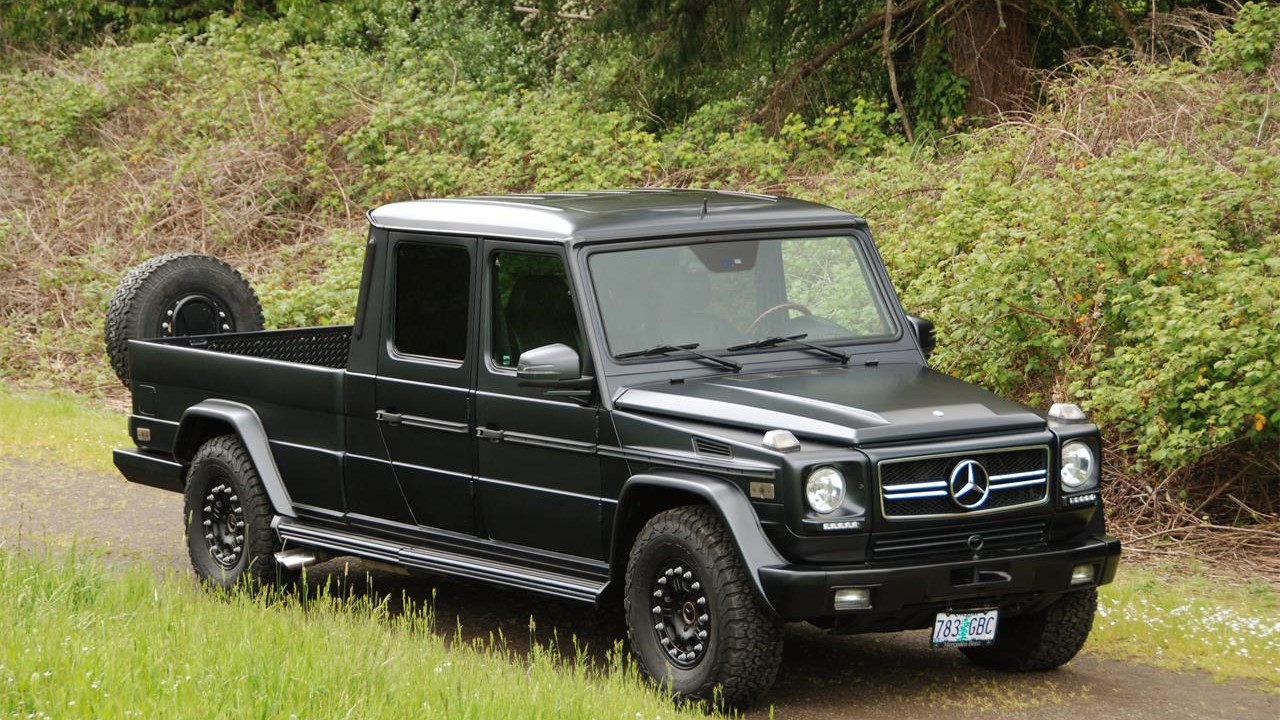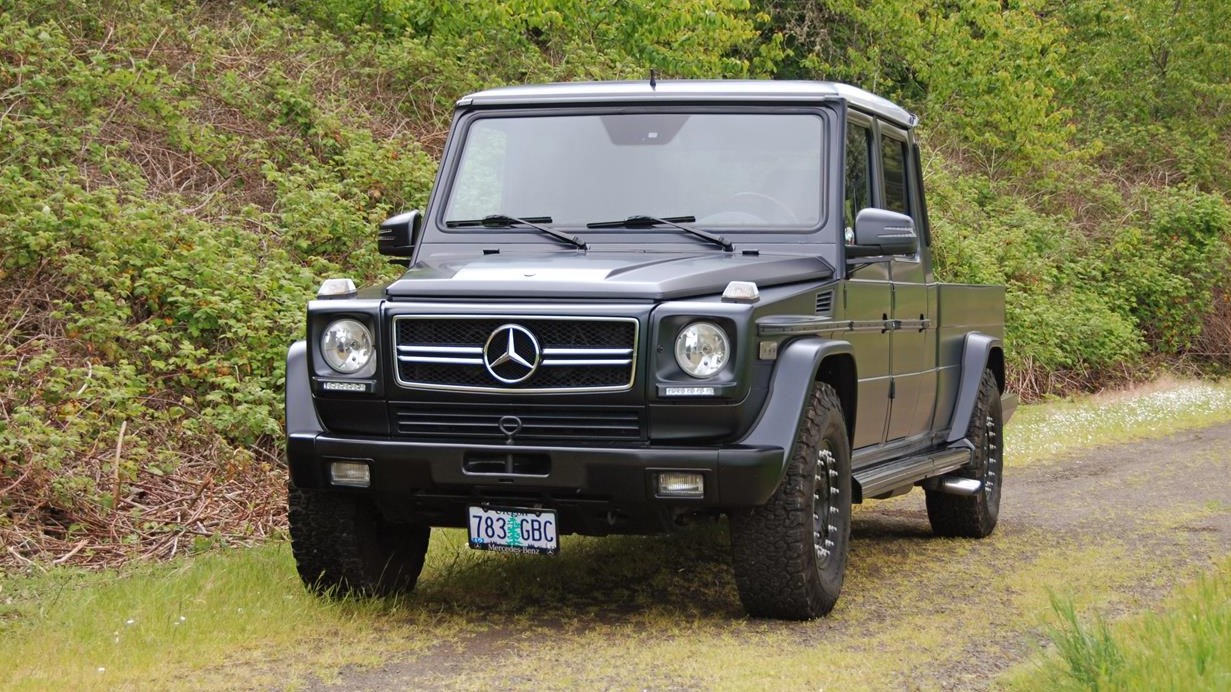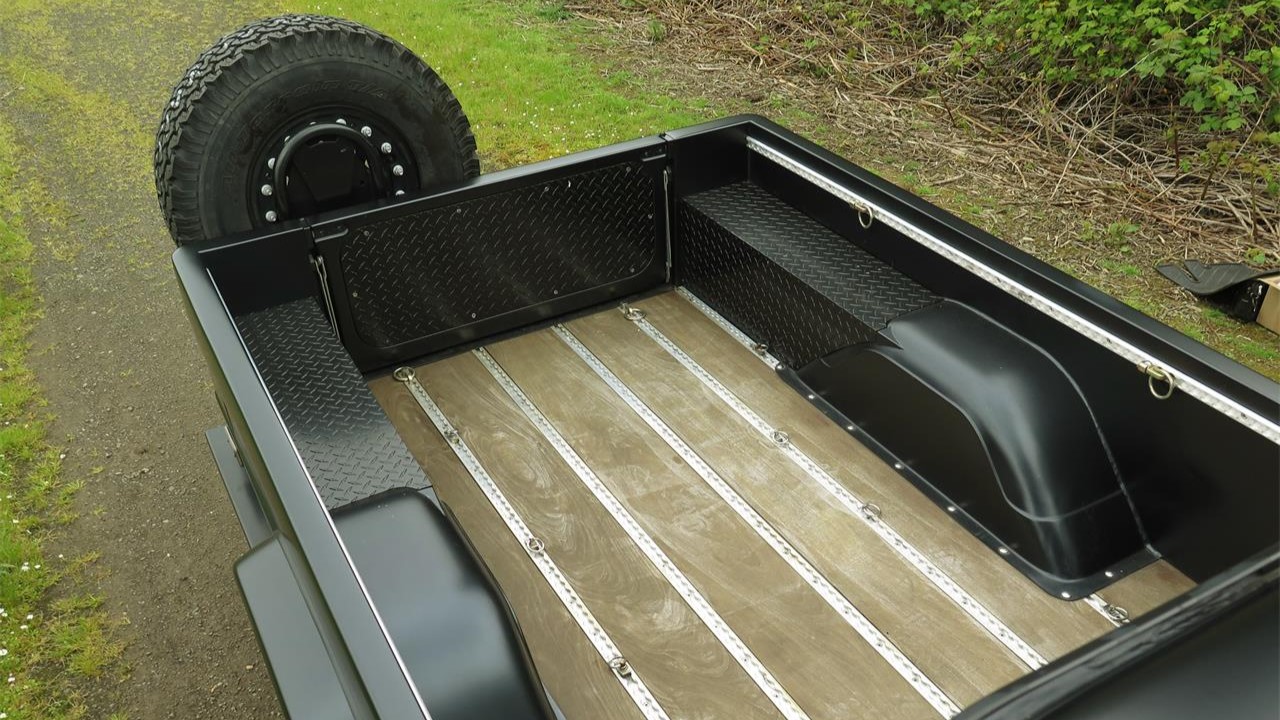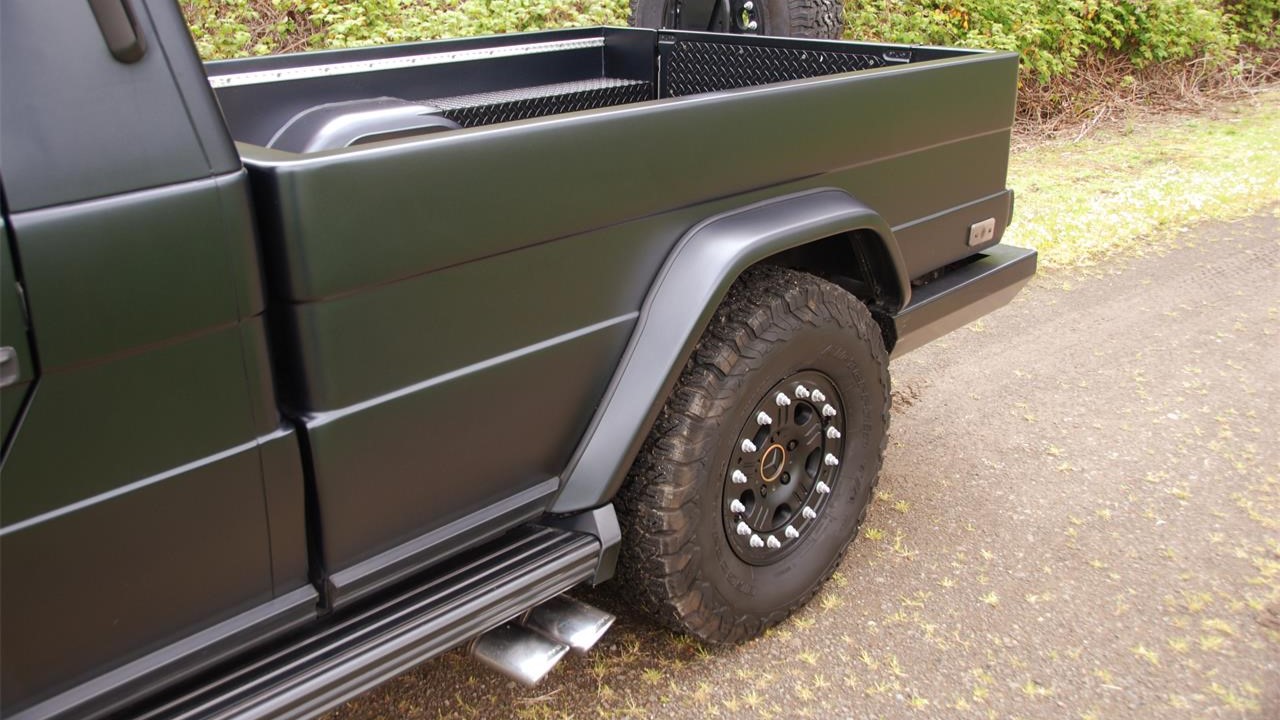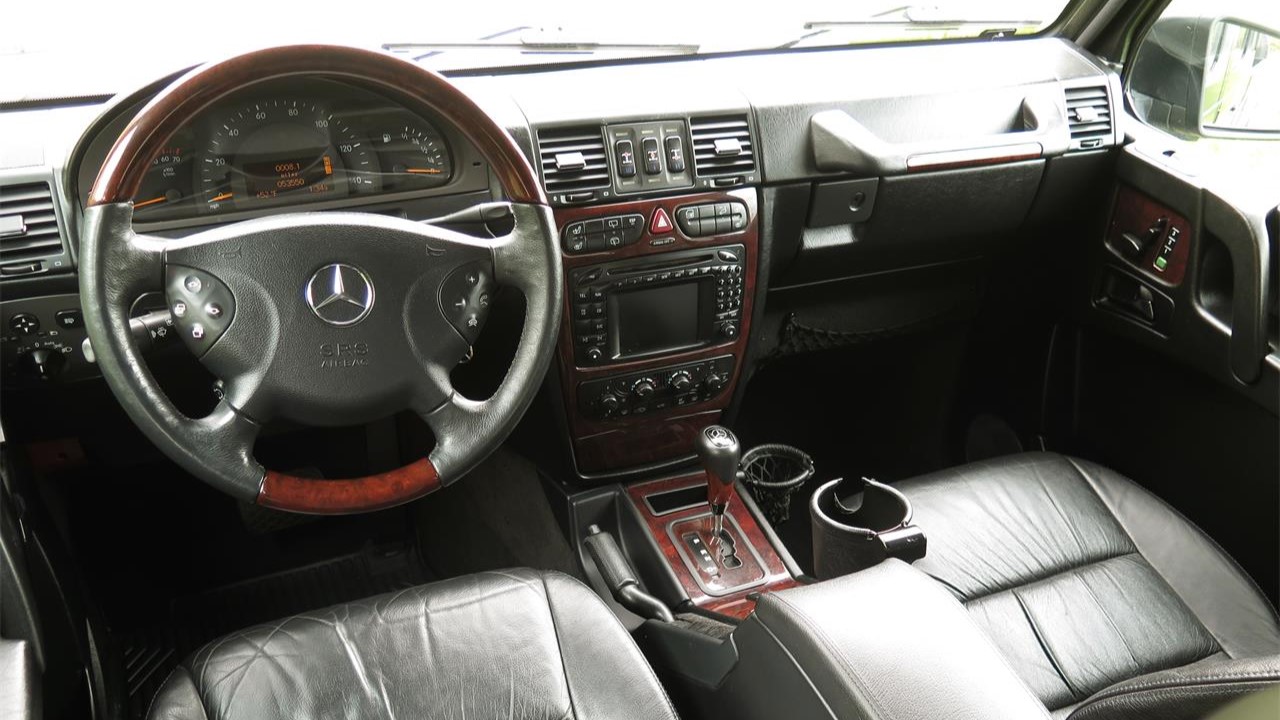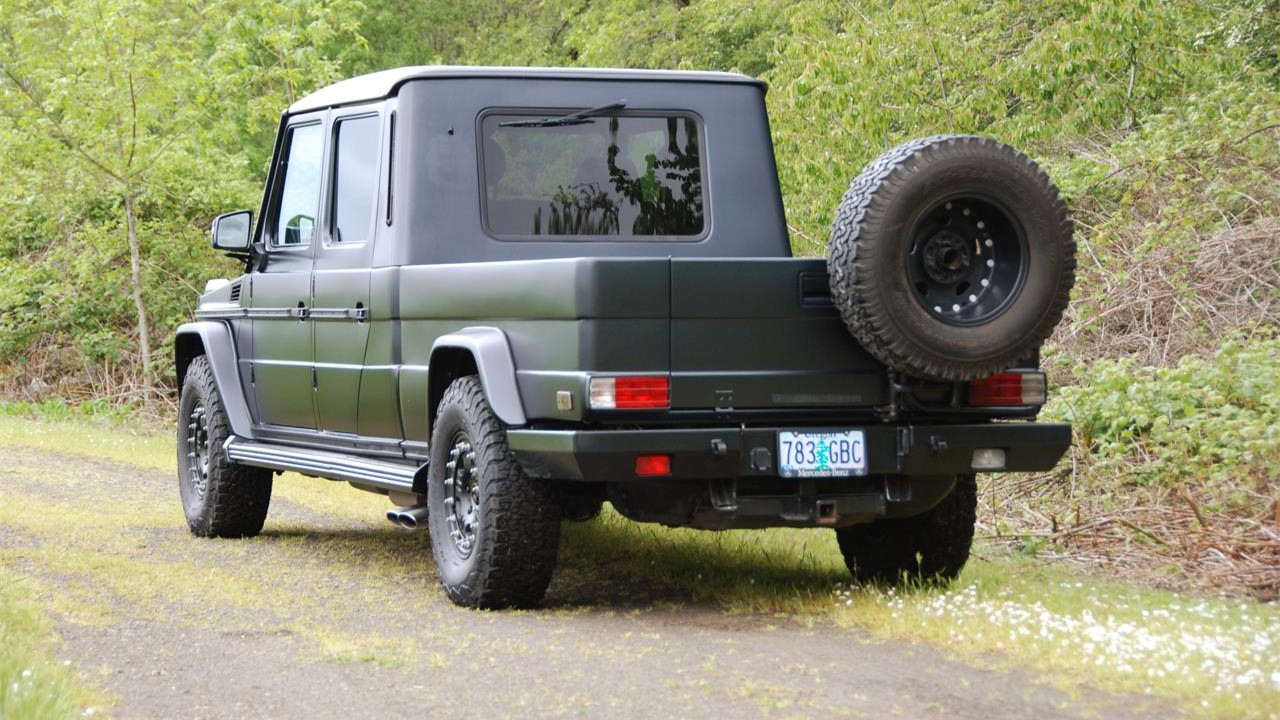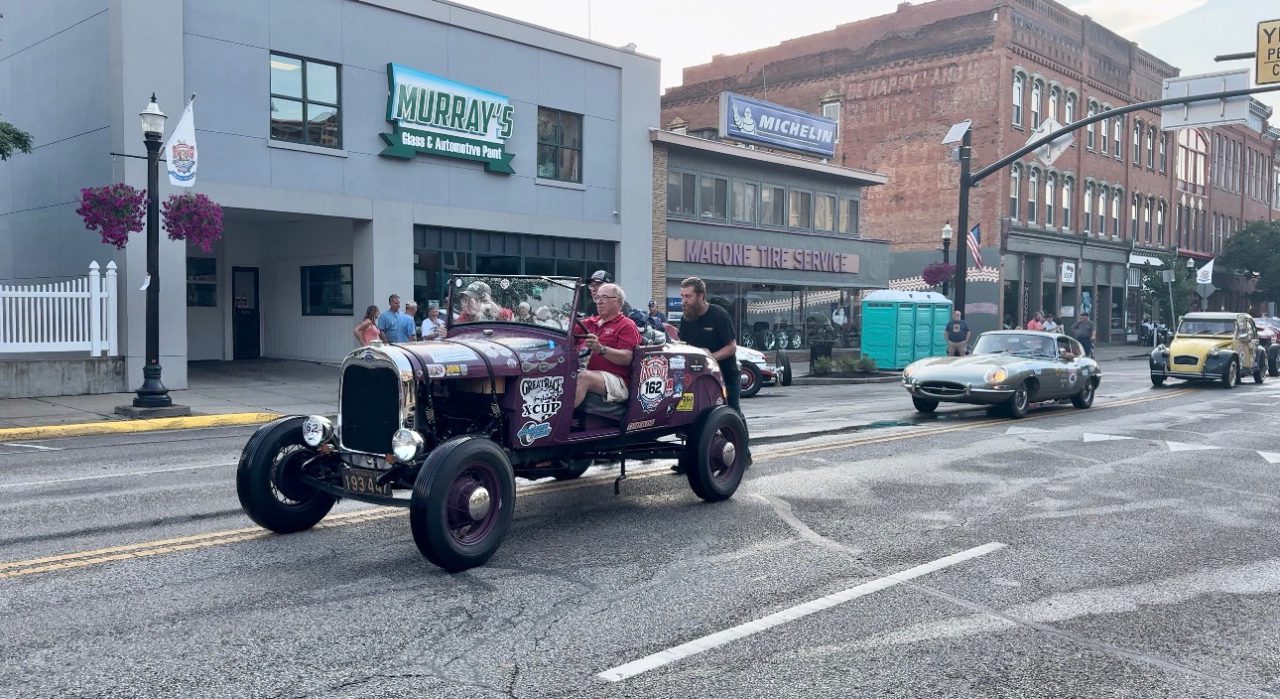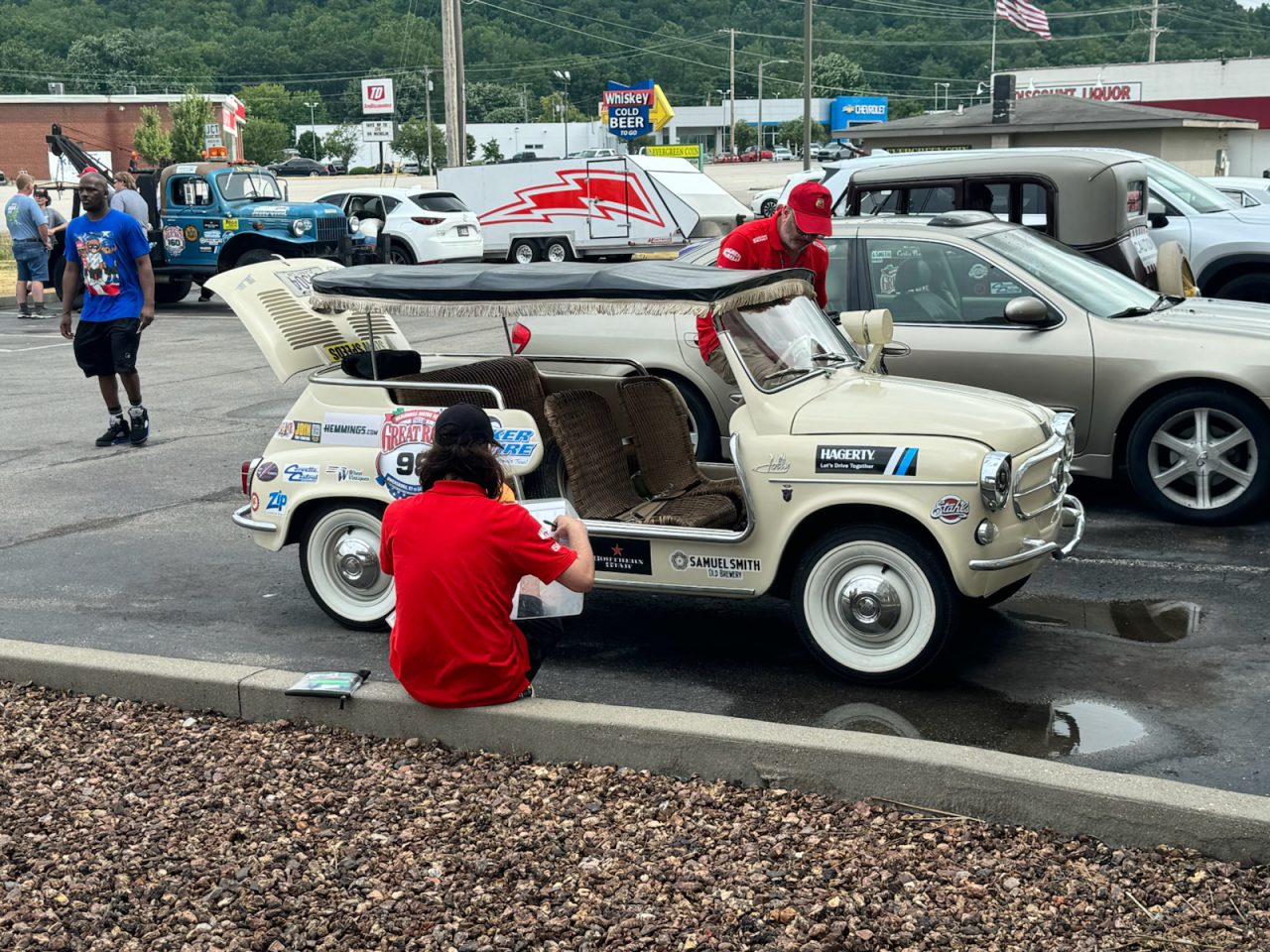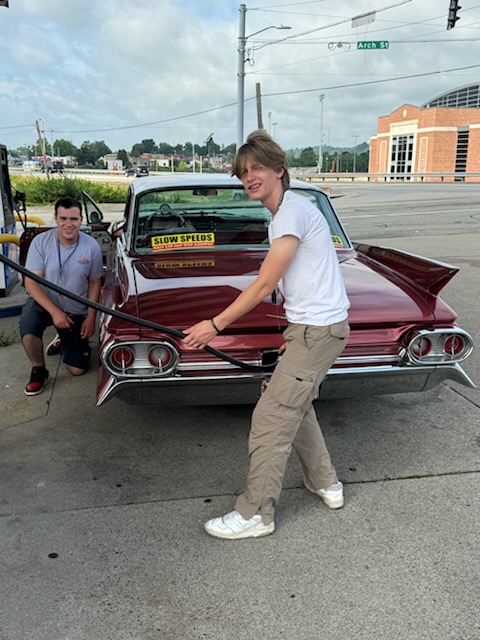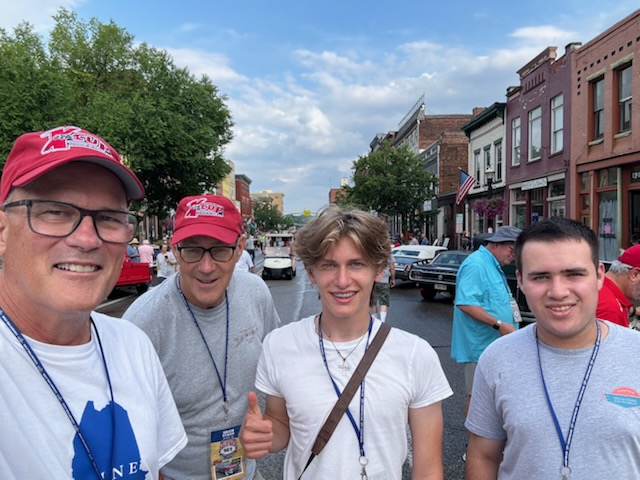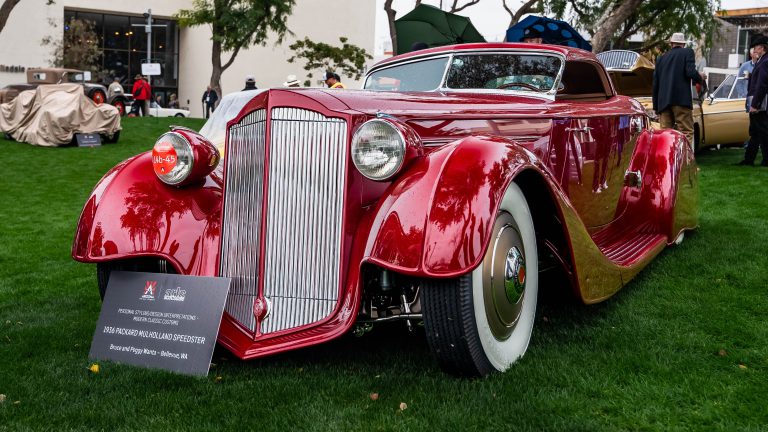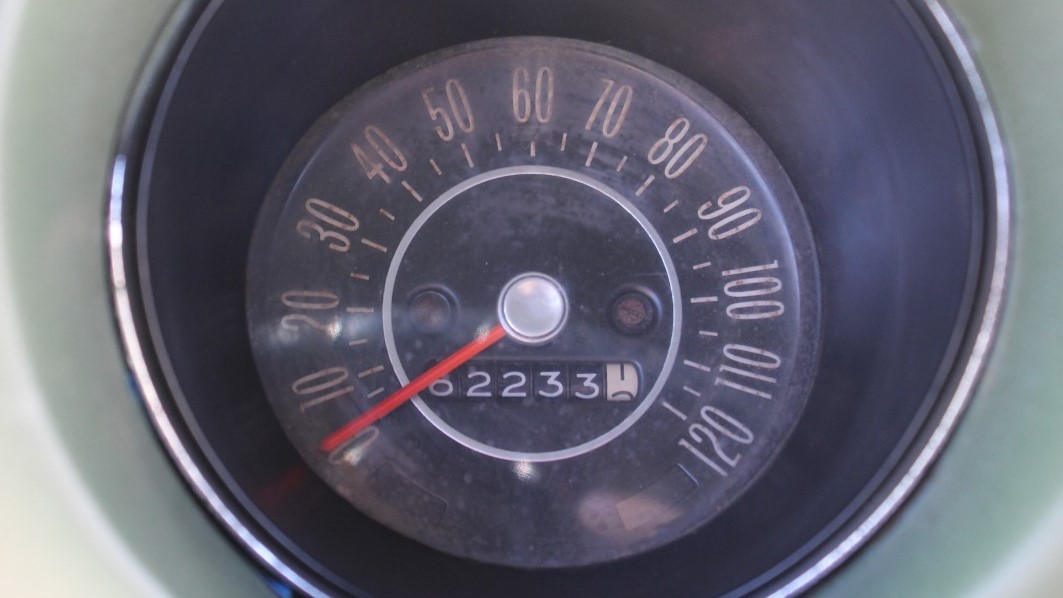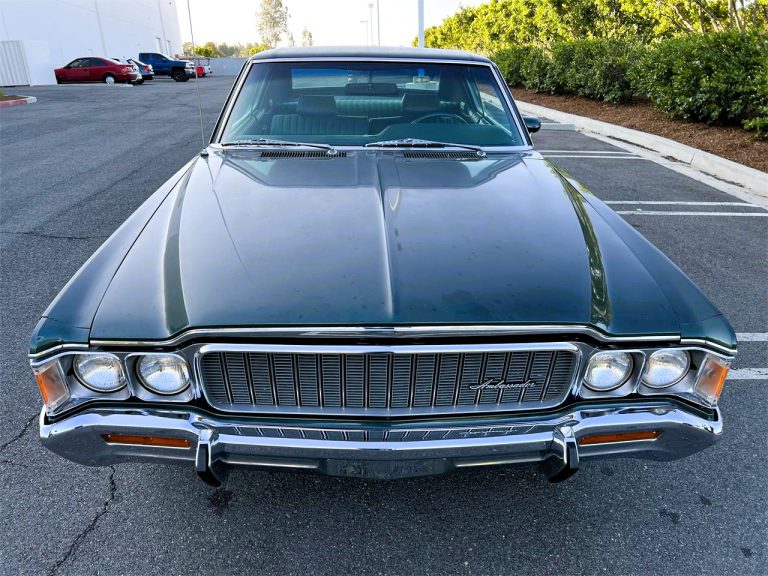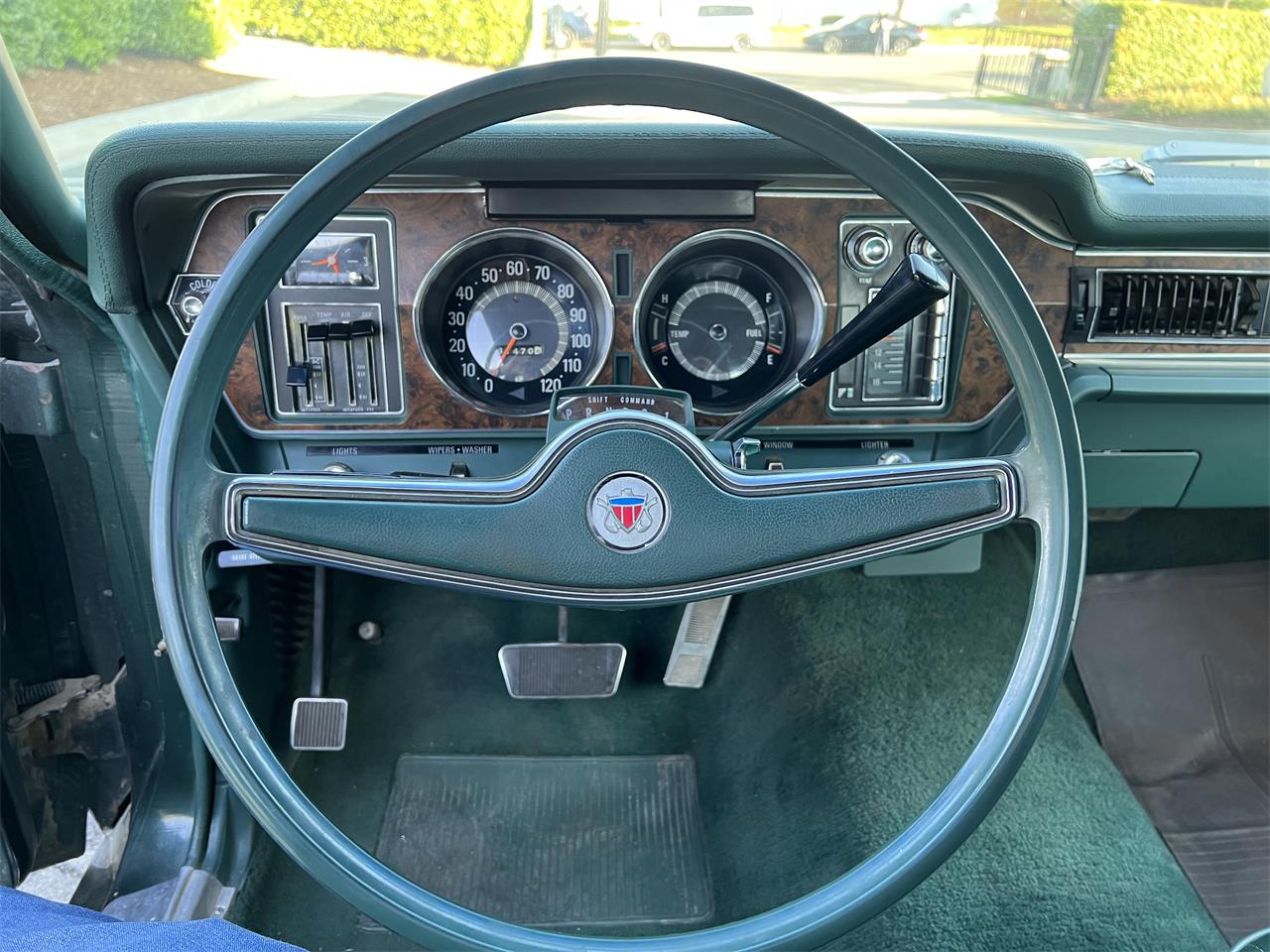I know there’s a faction of collectors who love the “more-door” aspect of the hobby. Sure, four-doors may have a scarlet letter to some, but I would not be averse to, say, a four-door 1965 Bonneville with a 421 HO. However, that’s not what powers this hobby.
So, it should be no surprise that all of the below AutoHunter Picks are two-doors. They all range from early muscle to modern GT ragtop for retirees, with a 1980s legend and 1970s pony car squeezed in. Especially with the latter, there is a good possibility for the more-door crowd to find something affordable yet sporty.

1987 Buick GNX
When these came out, the local Gambacorta Buick had one. The GNX was limited to 547 units, so many dealers jacked up the prices – common now, but still unusual then. Demand for these special Buicks in the secondary market has always been inelastic, yet I never could have predicted the price level these have achieved. That being said, many of them were mothballed.
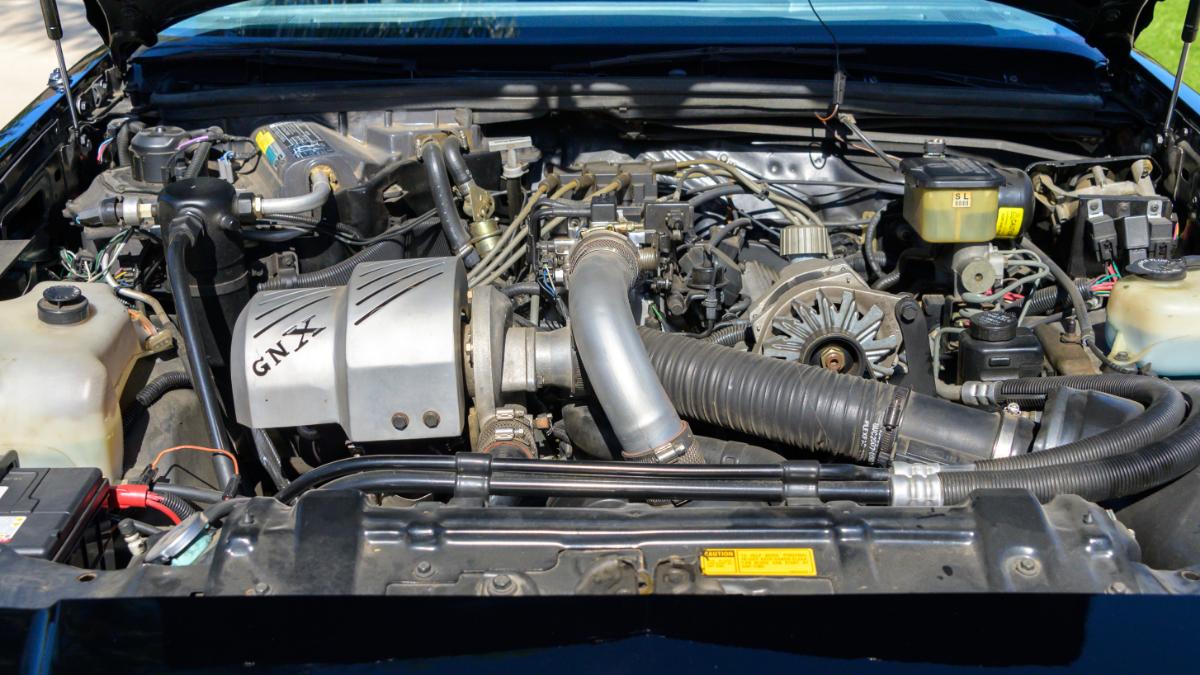
This 1987 Buick GNX is no exception as it has only 9,280 miles on the odometer. Like all of them, this super-Grand National features the 276-horsepower turbo V6 backed by a 200R4 four-speed automatic. With all the items included in the sale of this vehicle, such as the GNX jacket, special folder, GS Nationals award, and other memorabilia, you know this car has been owned by enthusiasts – and you’re next.
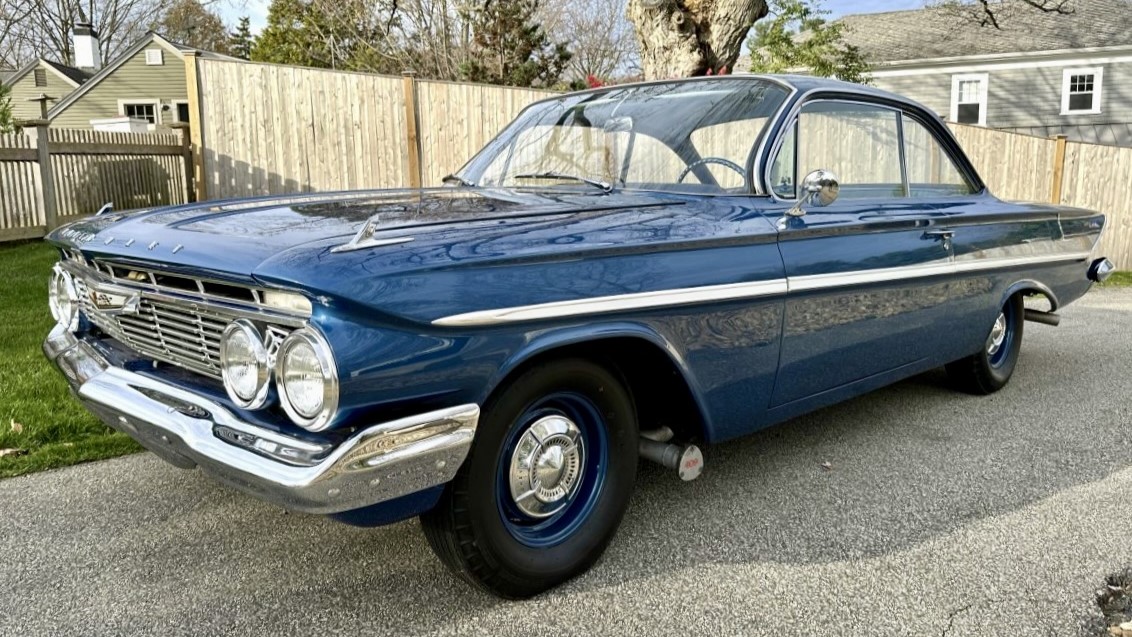
1961 Chevrolet Bel Air
Before the GTO, there were cars like this. Performance options were available, with 348s featuring 305, 340, and 350 horsepower being the most special versions. The latter two were the same engine aside of a four-barrel versus triple two-barrel carburetion, though the mid-year introduction of the 409 brought Chevrolet into what could be considered the modern era of 1960s performance.
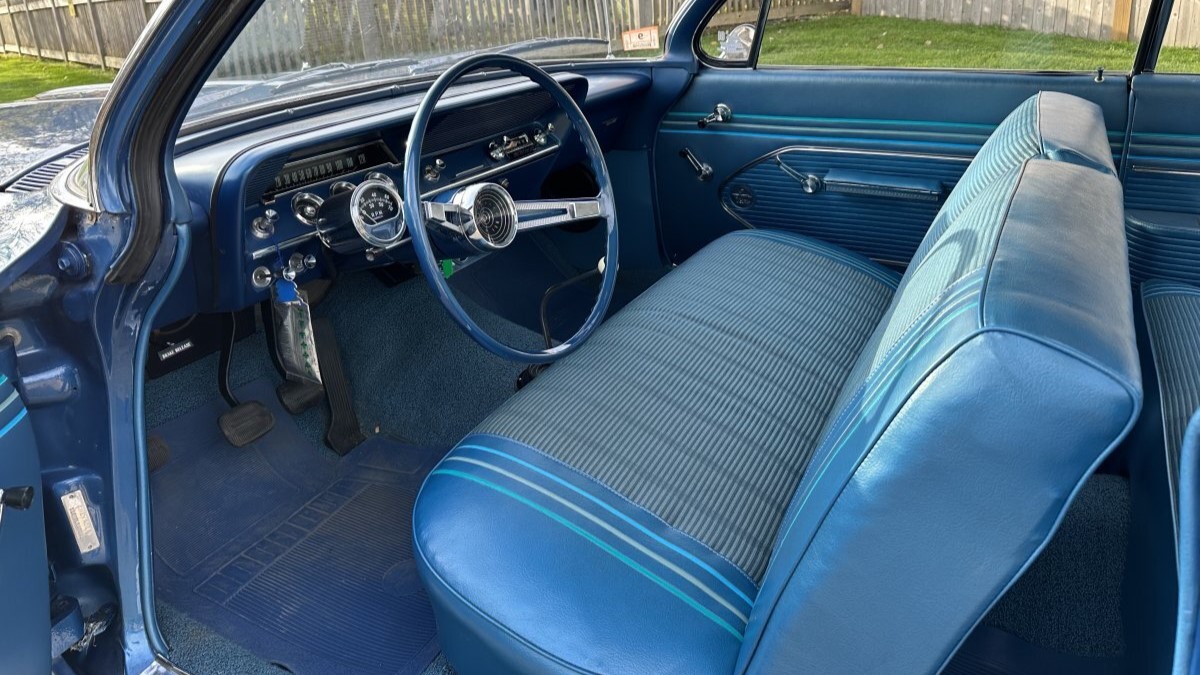
Originally ordered with a 348, four-speed, and not much else, this 1961 Chevrolet Bel Air is a stylish early muscle car. Chevrolet “Bubbletops” from this year are among the most beautiful Bow Ties of the post-war era and, combined with a 409 transplant and exhaust dumps, you have a gorgeous vintage hot rod that will increase the size of your forearms when driven enough.
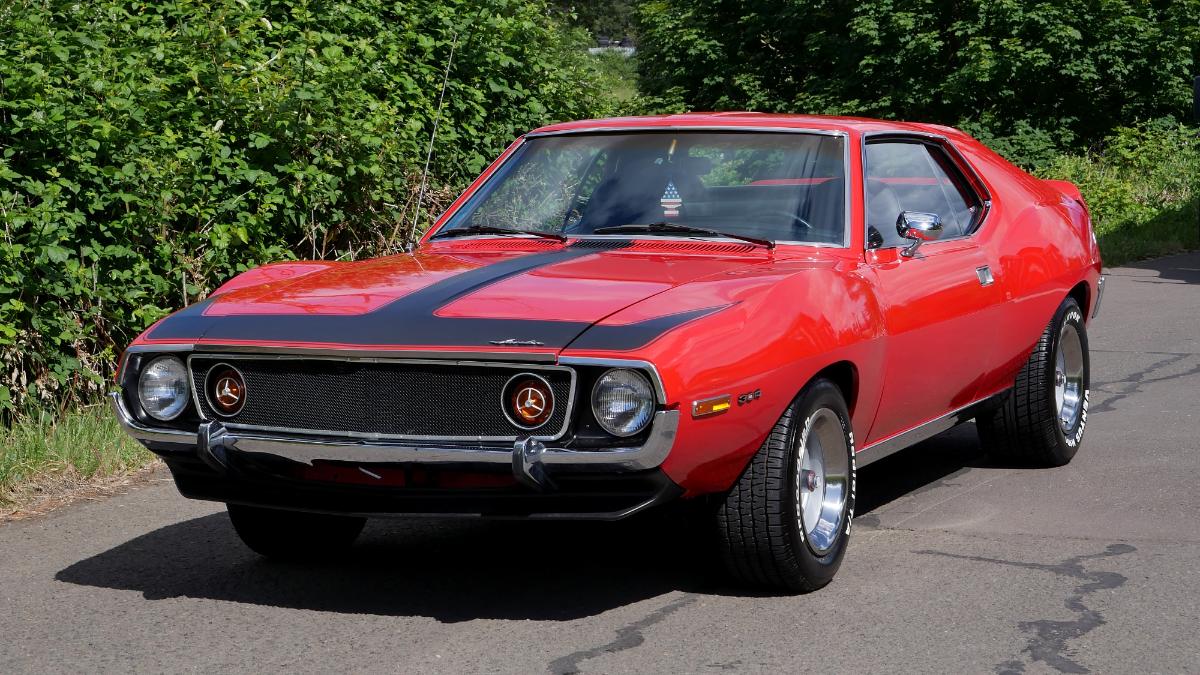
1971 AMC Javelin SST
I am not sure why American Motors products are second-tier after the Big Three. Could it be the Rambler stigma? There’s no denying the Javelin was a fine competitor to the Mustang, but the number of enthusiasts into Javelins lag every other pony car. Though the 1971 redesign may be polarizing to contemporary eyes (something shared with the Mustang of that year), it was a fine update of the 1968-70 iteration.
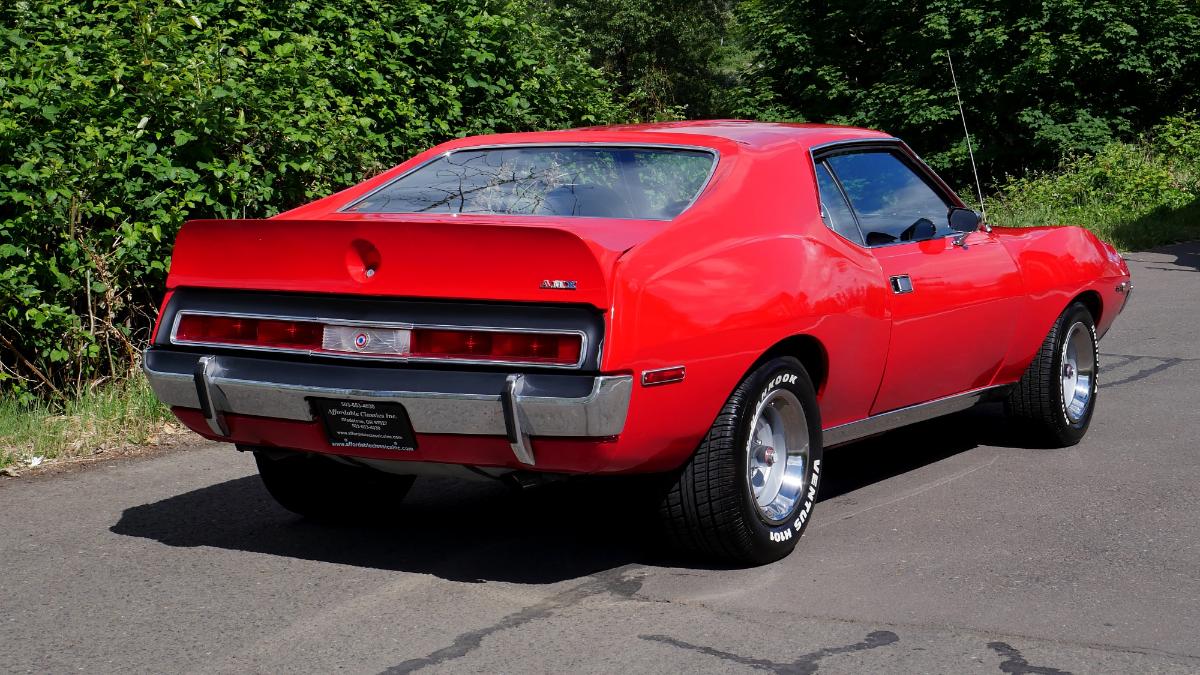
This 304-powered 1971 AMC Javelin SST is the more upscale of the two Javelins available that year, so it has better interior appointments and trim. I spy several AMX items such as grille, rear spoiler, and T-stripe, but it’s an honest-to-goodness pony car with buckets, console with horseshoe shifter, eight-slot wheels, and the engine-turned instrument panel that curved around you. Someone will be happy with this.
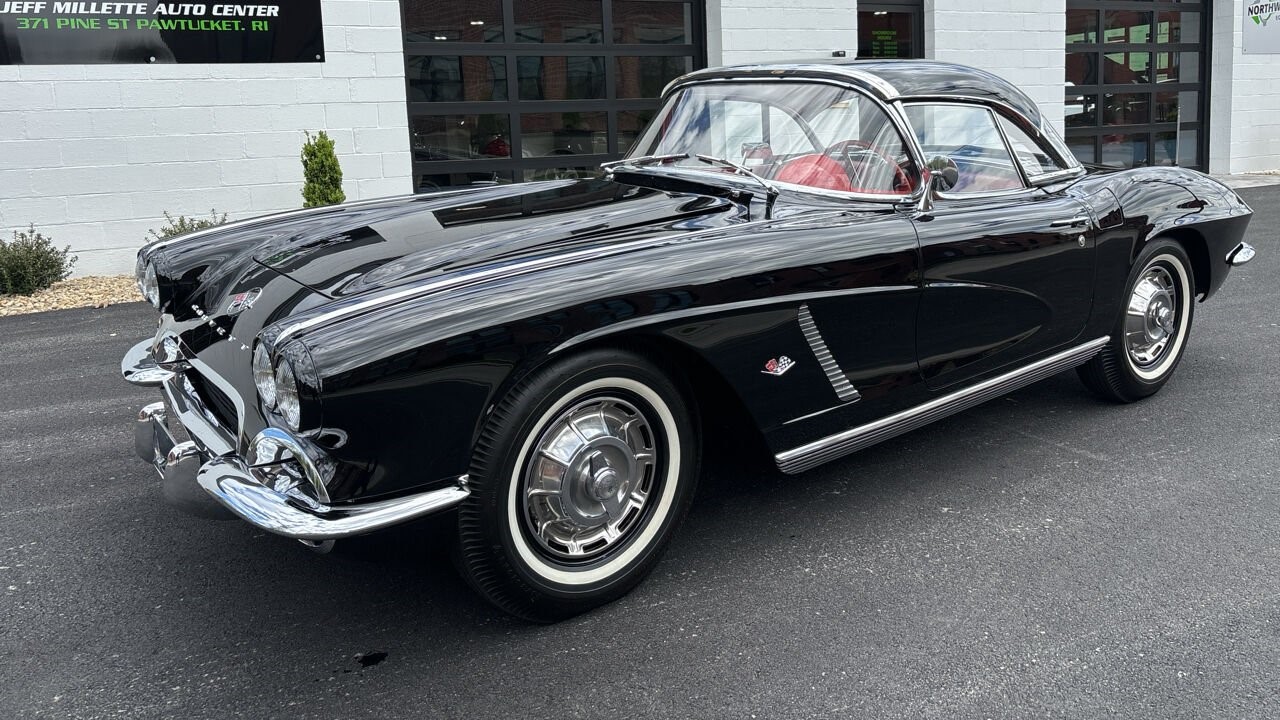
1962 Chevrolet Corvette
Jennifer Mundy’s mom used to pick her up from school in a gleaming red 1962 Corvette. I used to bug her, “Does it have fuel injection?” and she had no idea. That was alright, as I had no idea that Fuelies had badges on both sides to indicate the engine. Nineteen sixty-two was the first year for the 327 and the last year for the C1, so it has a special place in Corvette history.

This Tuxedo Black 1962 Corvette features a 300-horsepower 327, which was the first step up from standard. It is backed by a four-speed manual, the best choice among the available three transmissions. Add the red interior, optional hardtop, and show awards (good shows, not local events), and you have the makings of a very, very nice American sports car.


